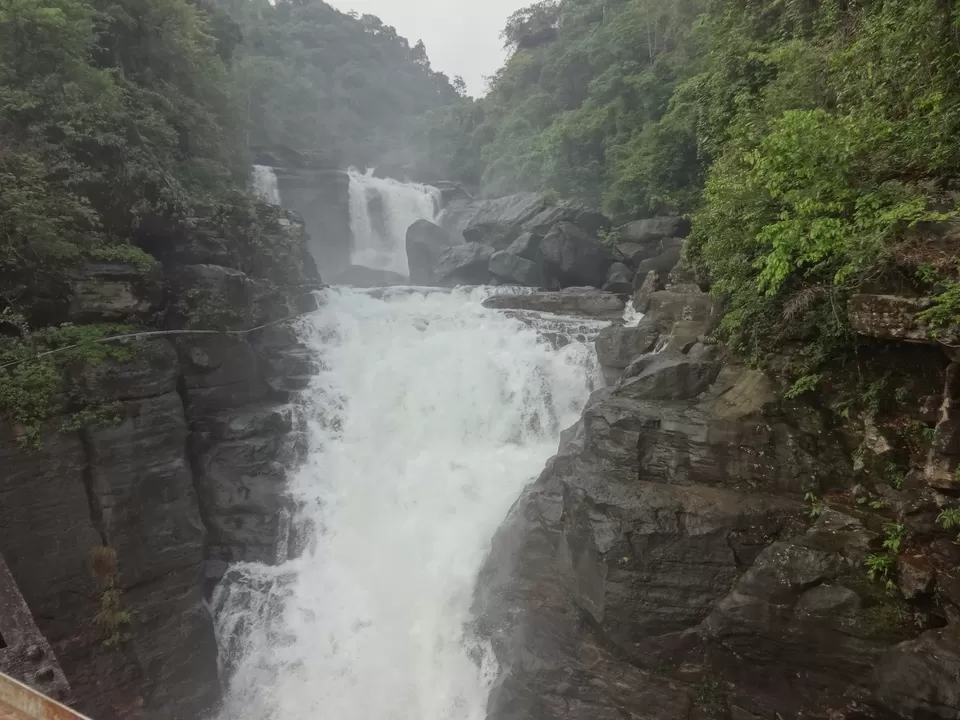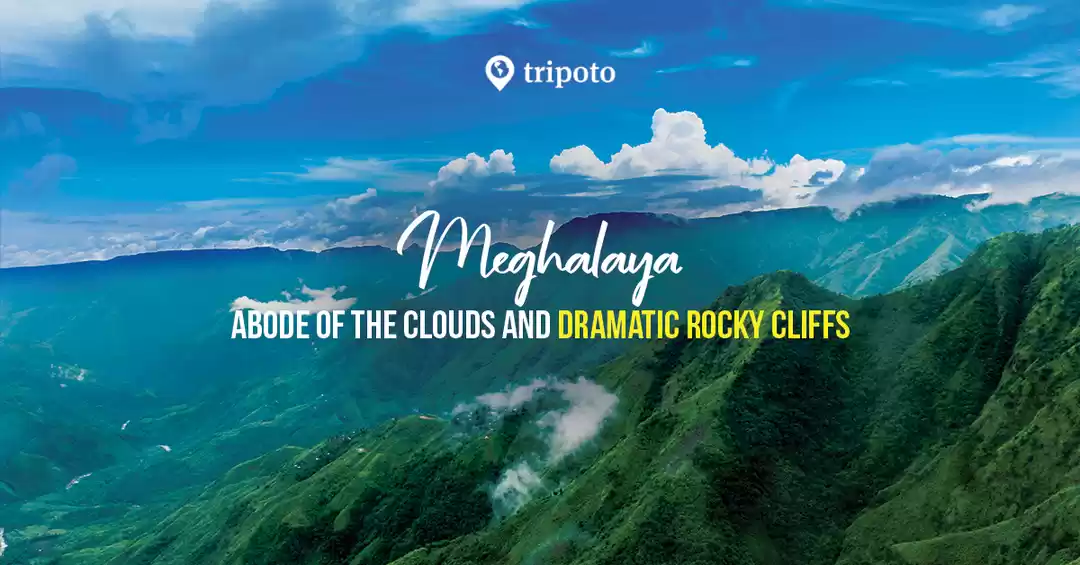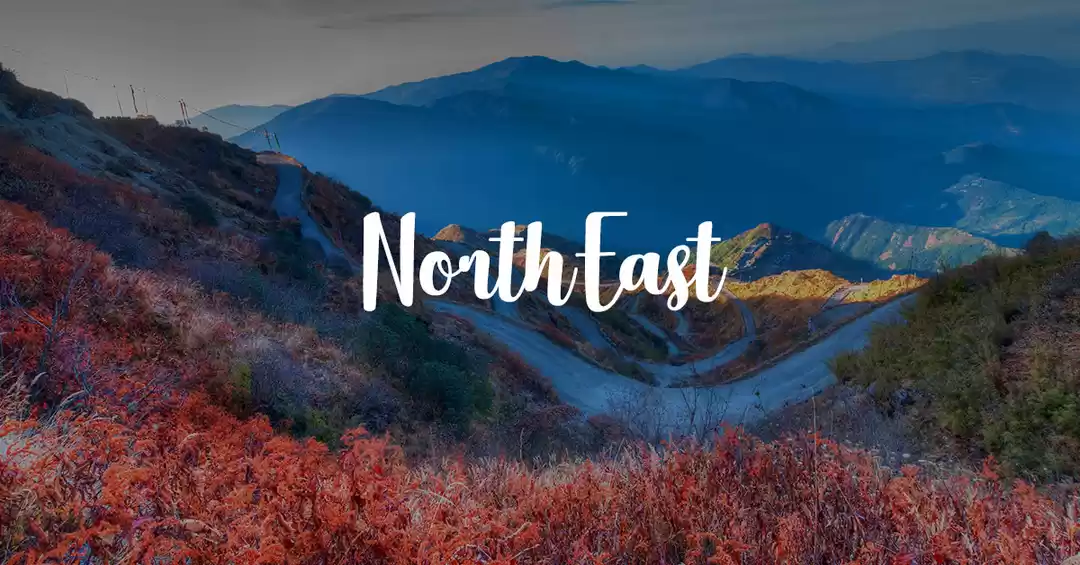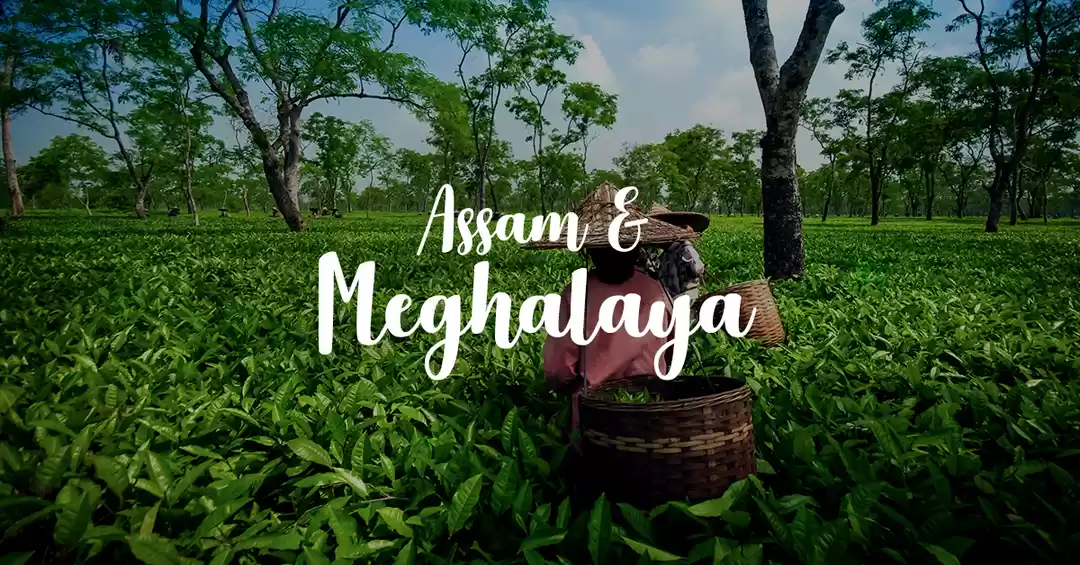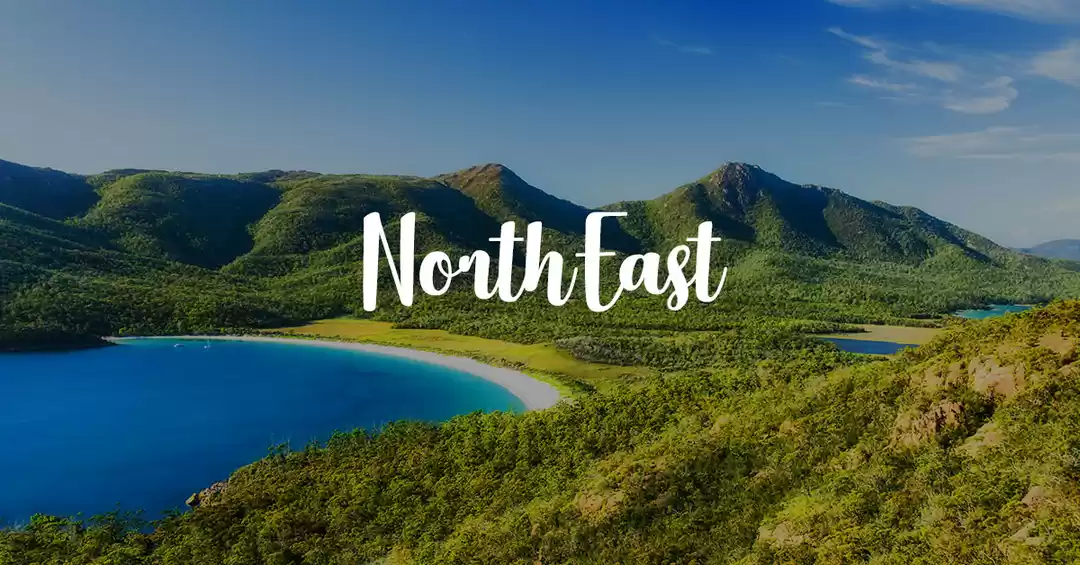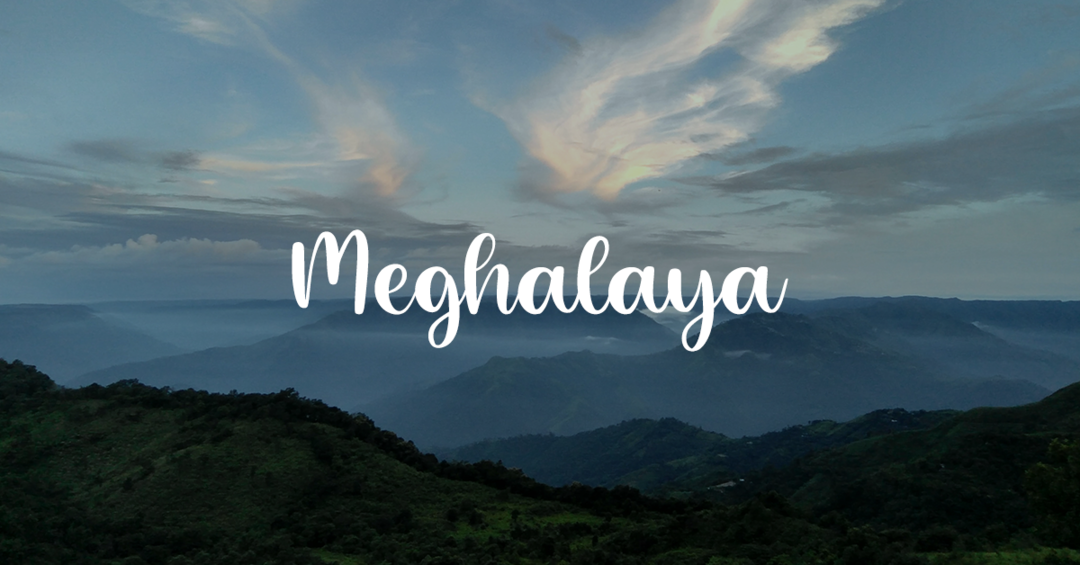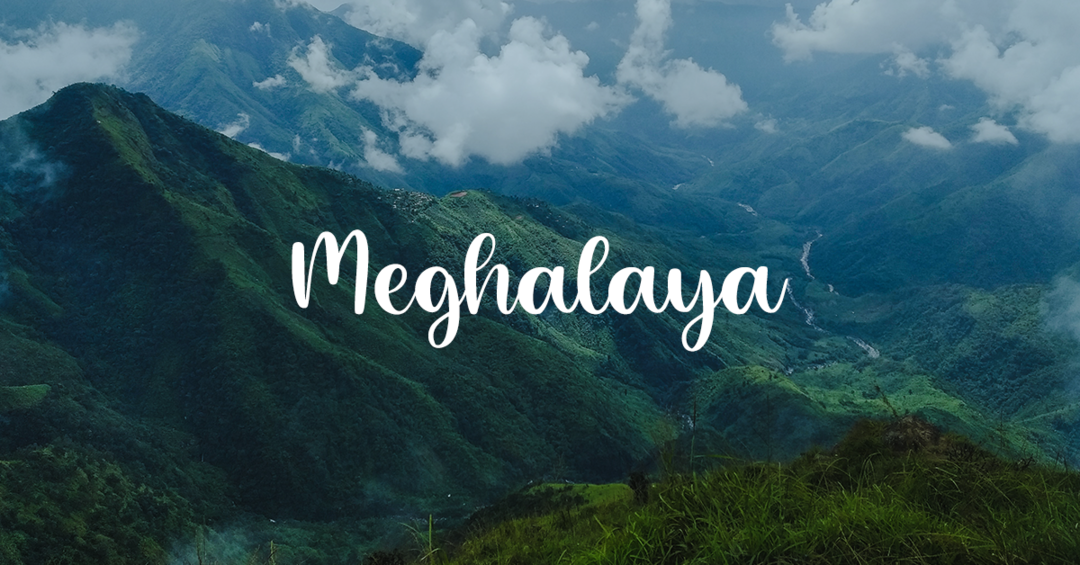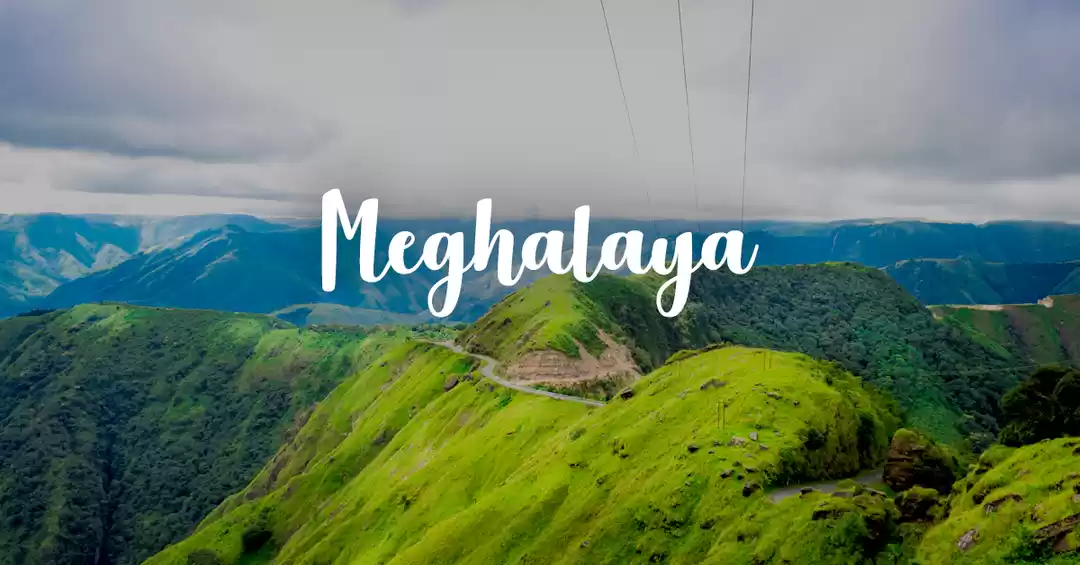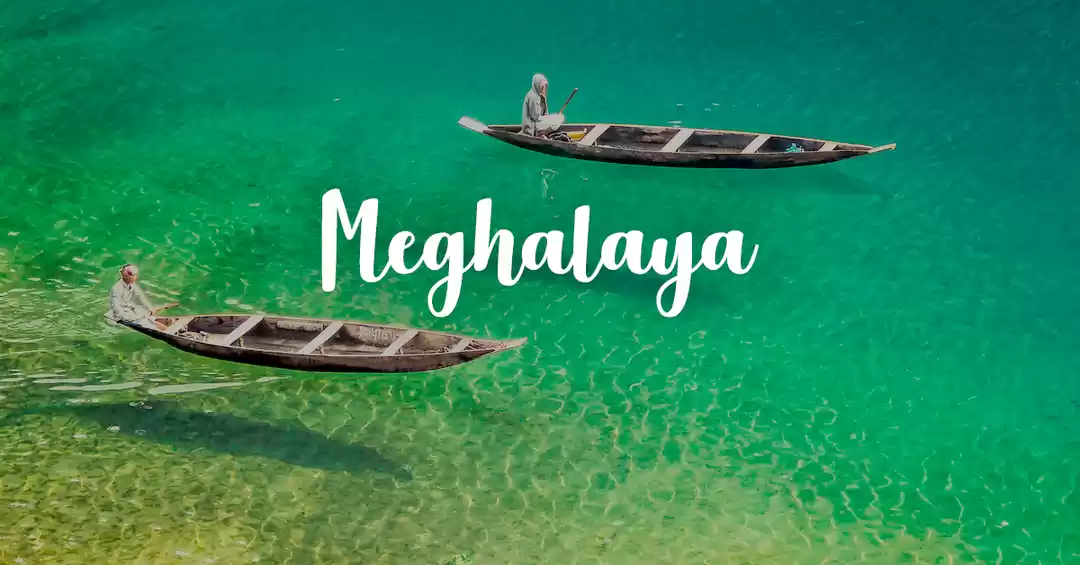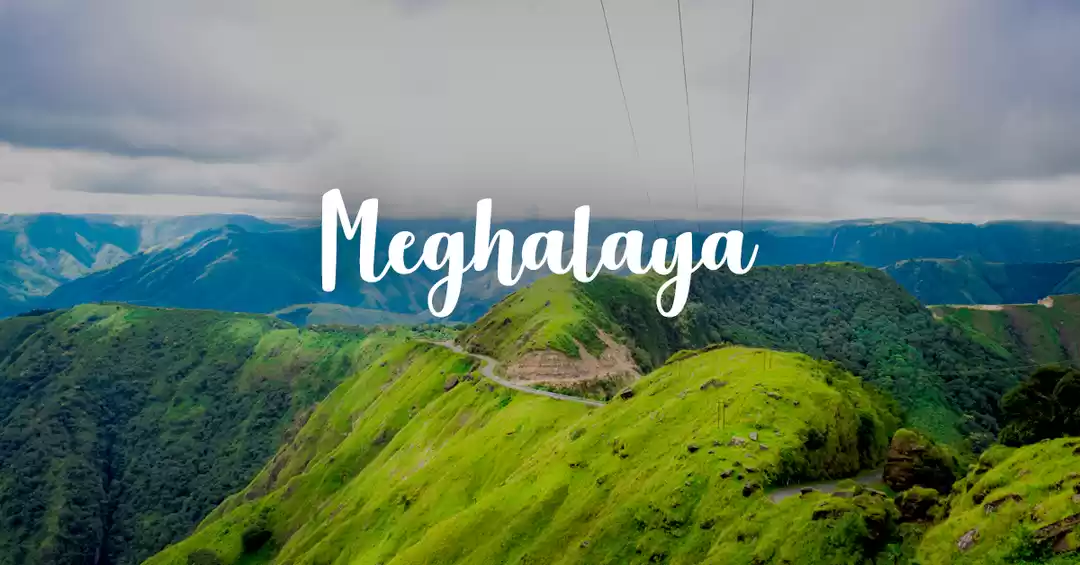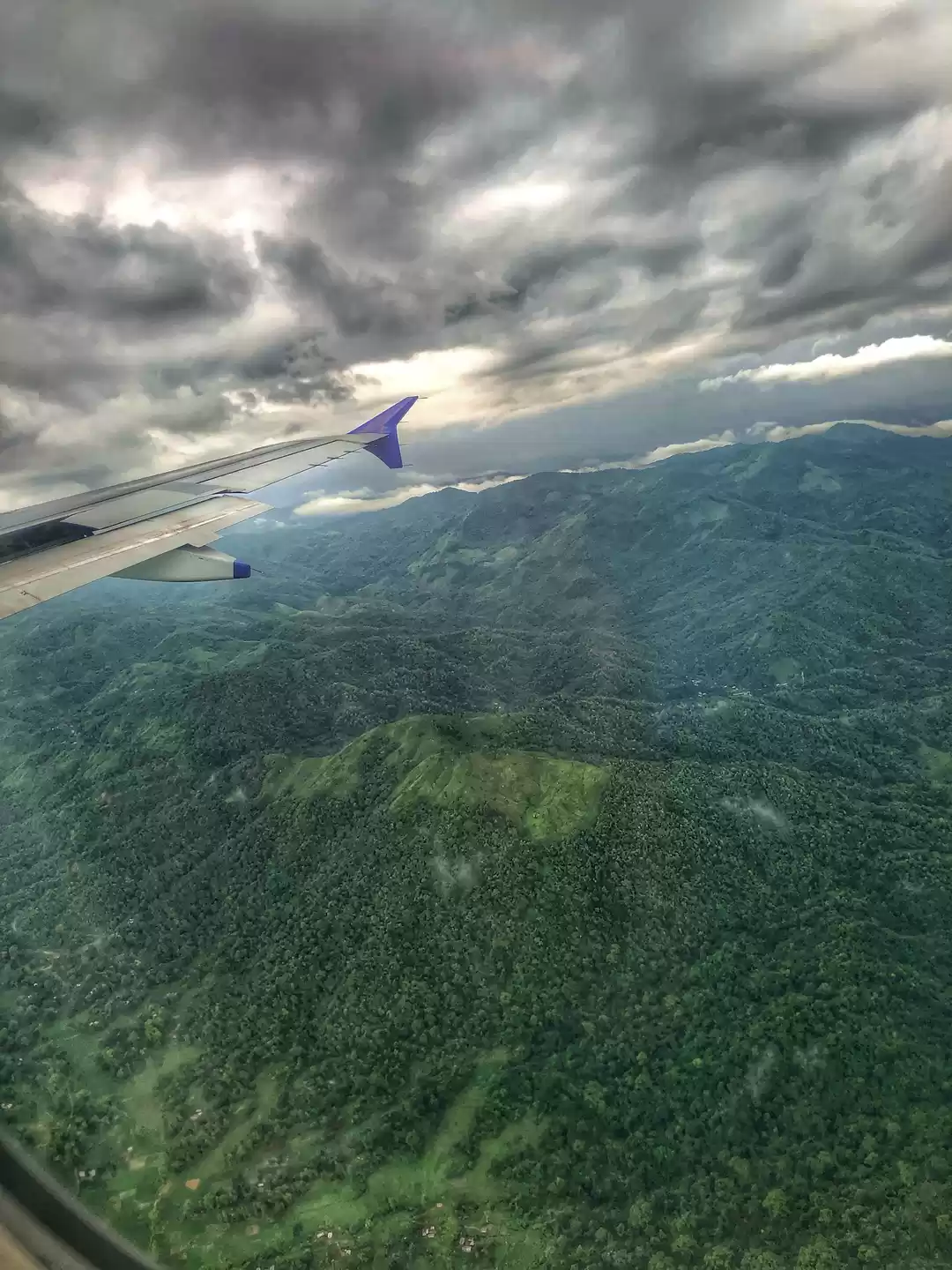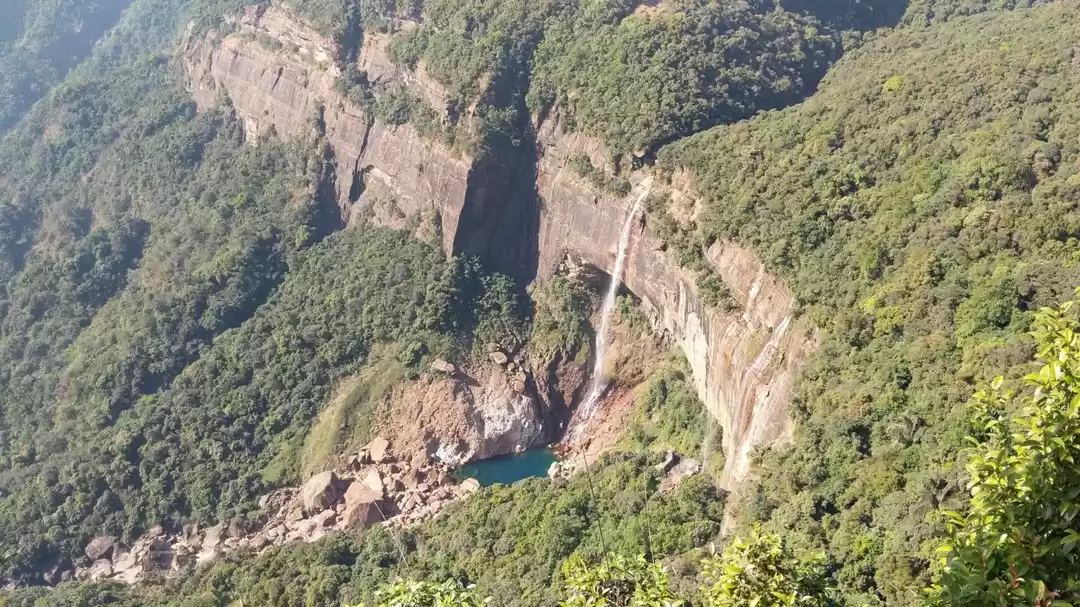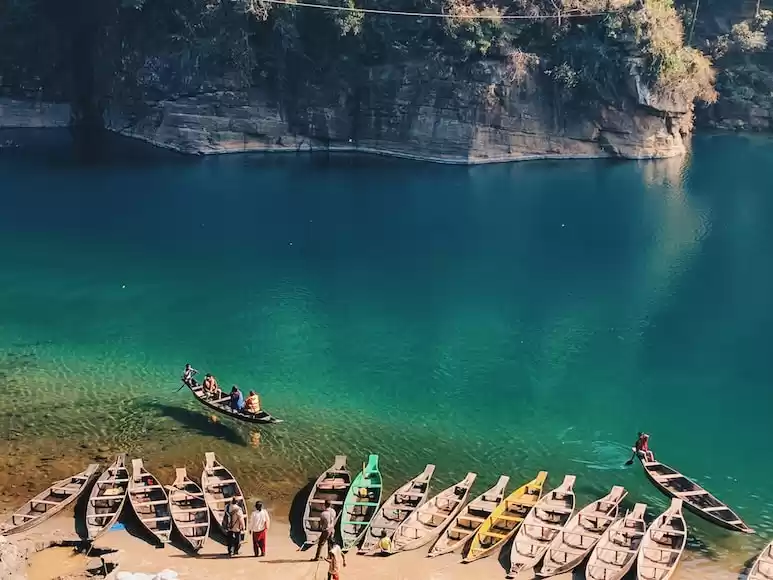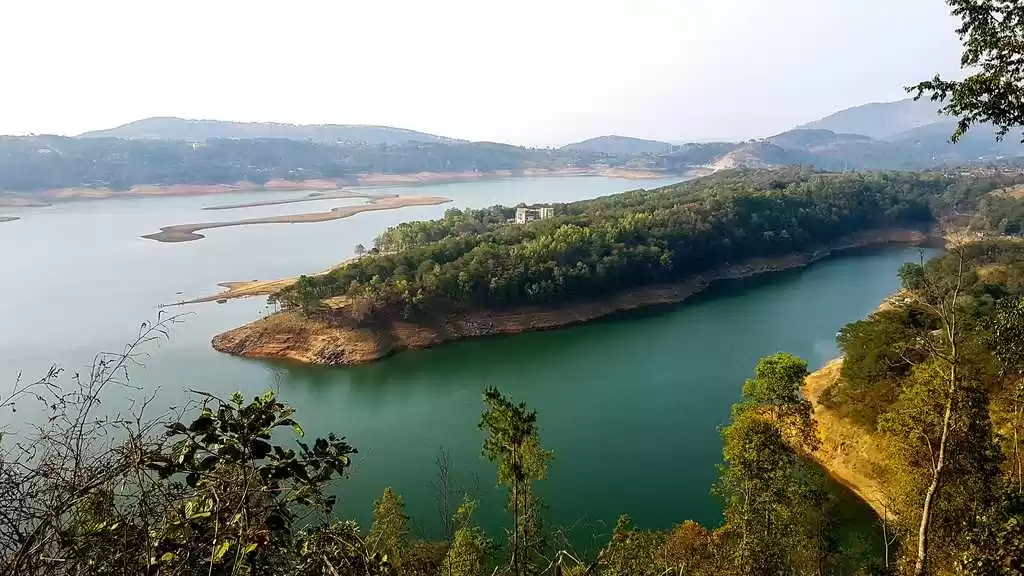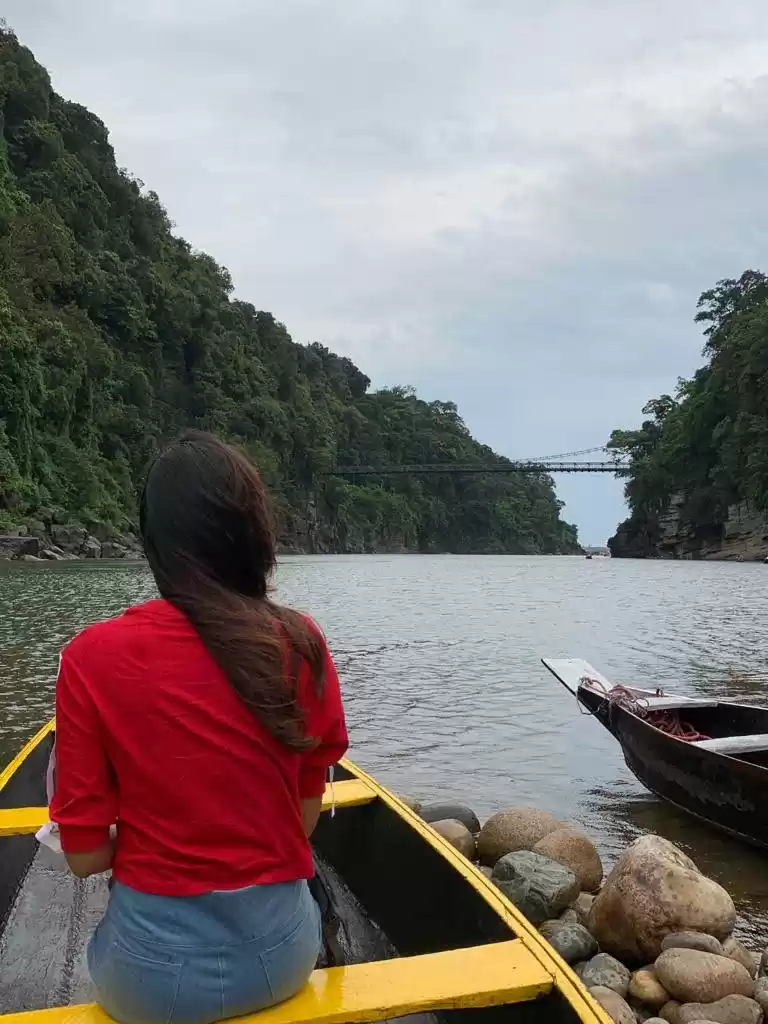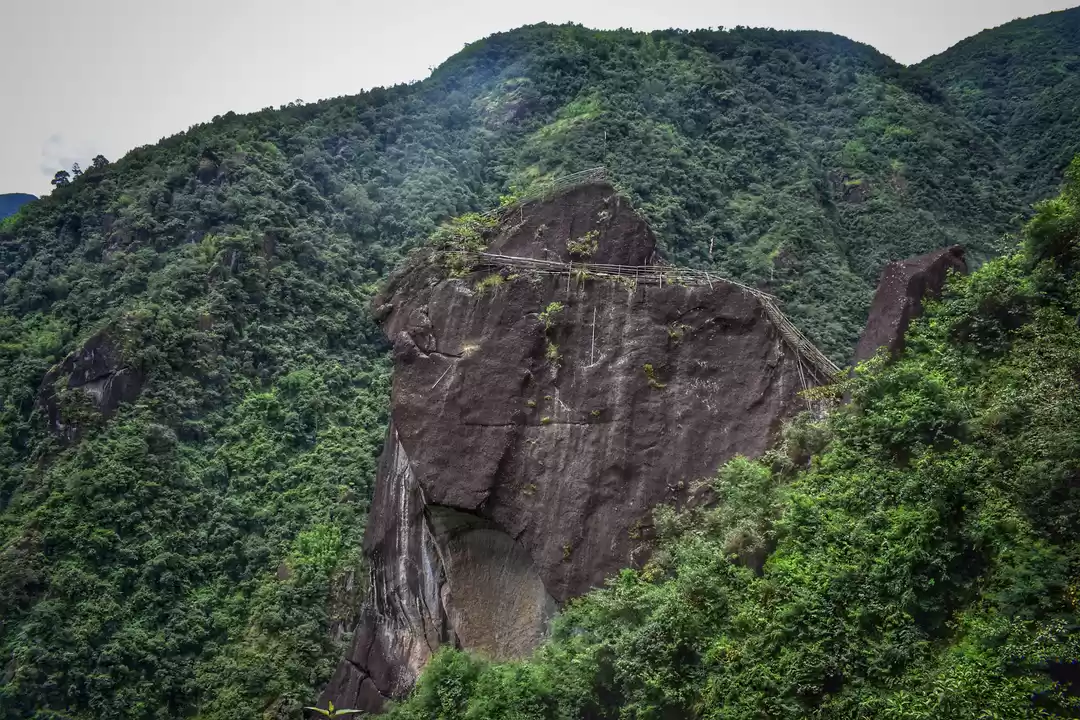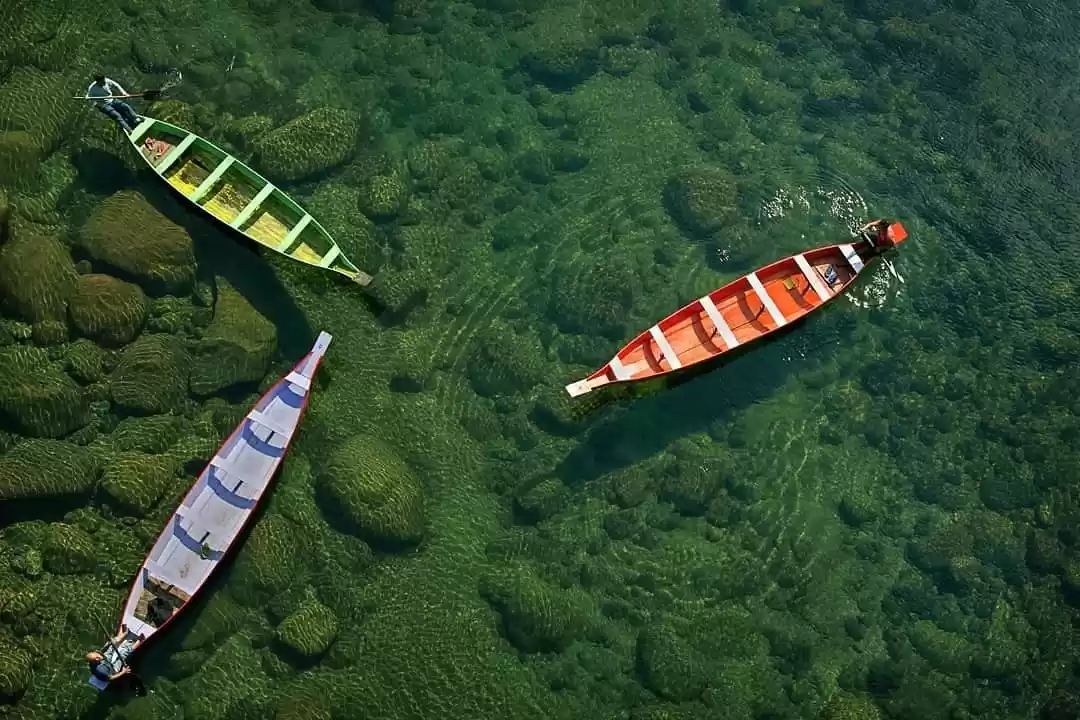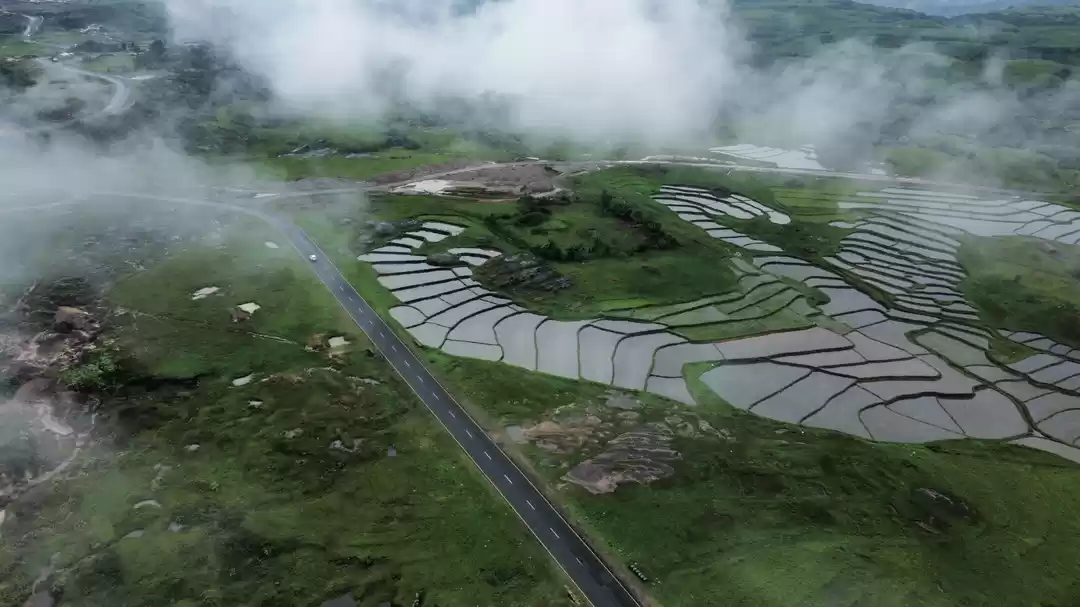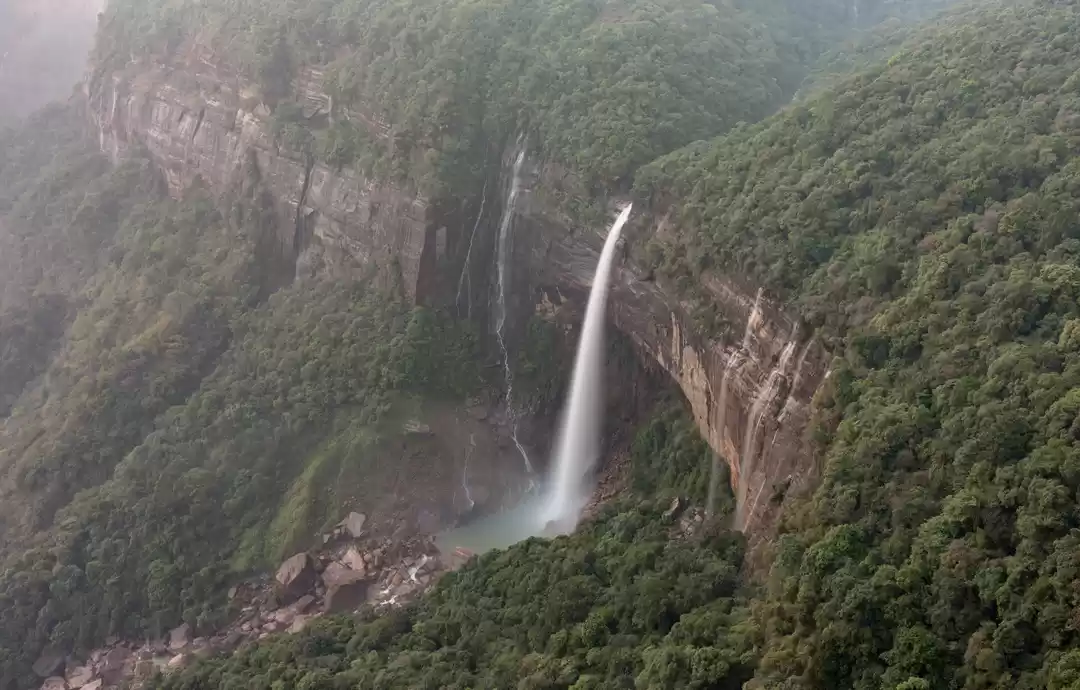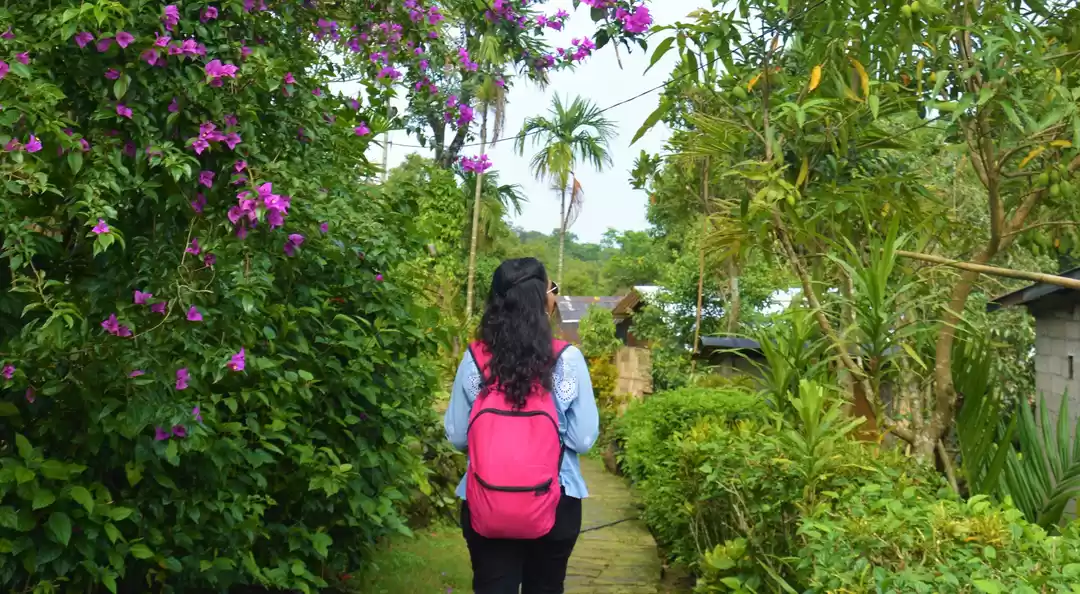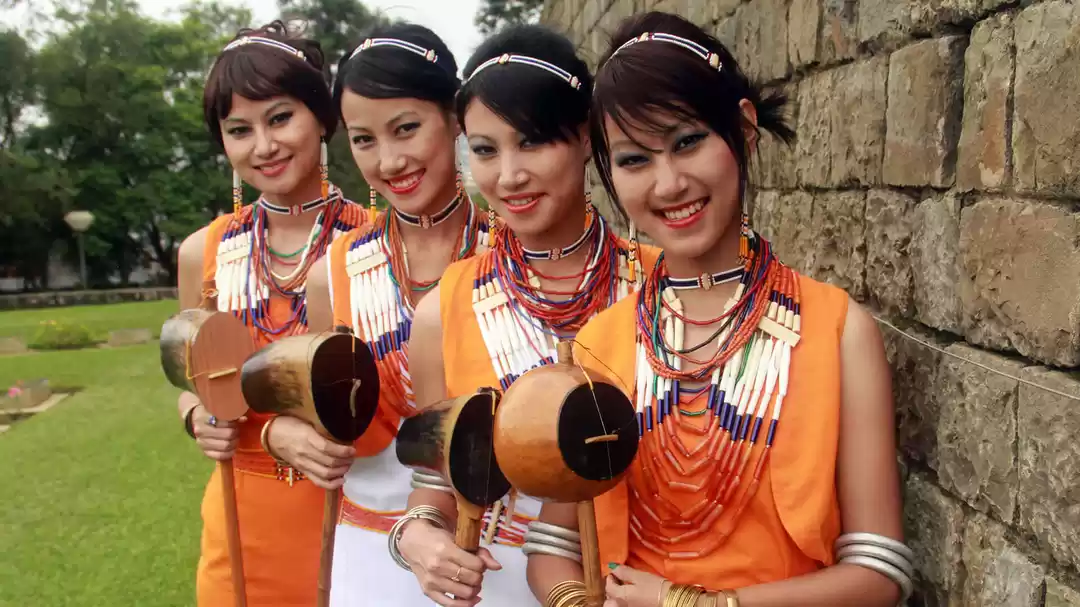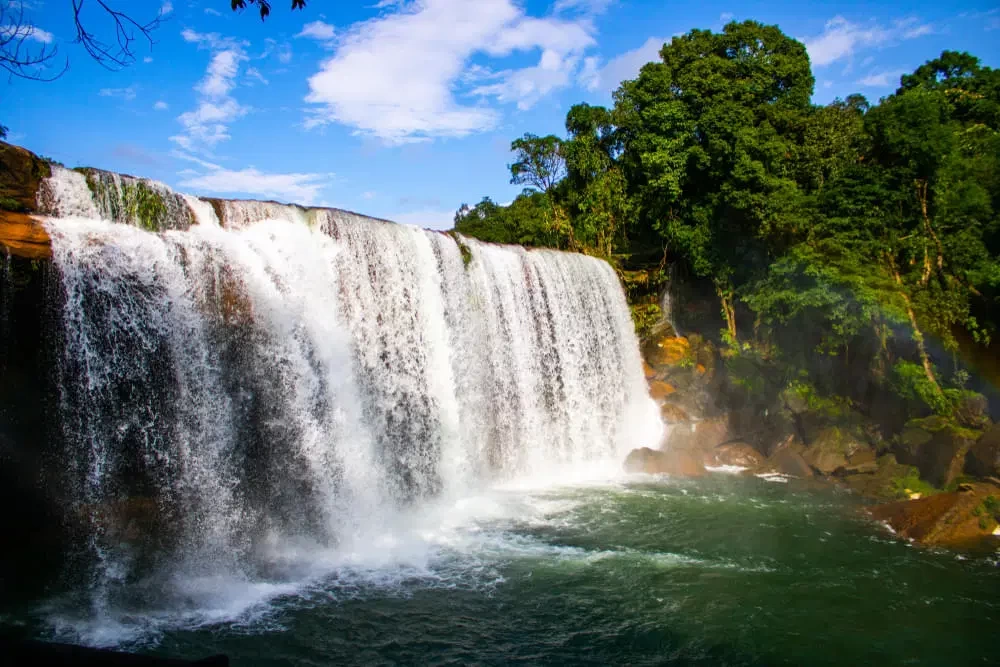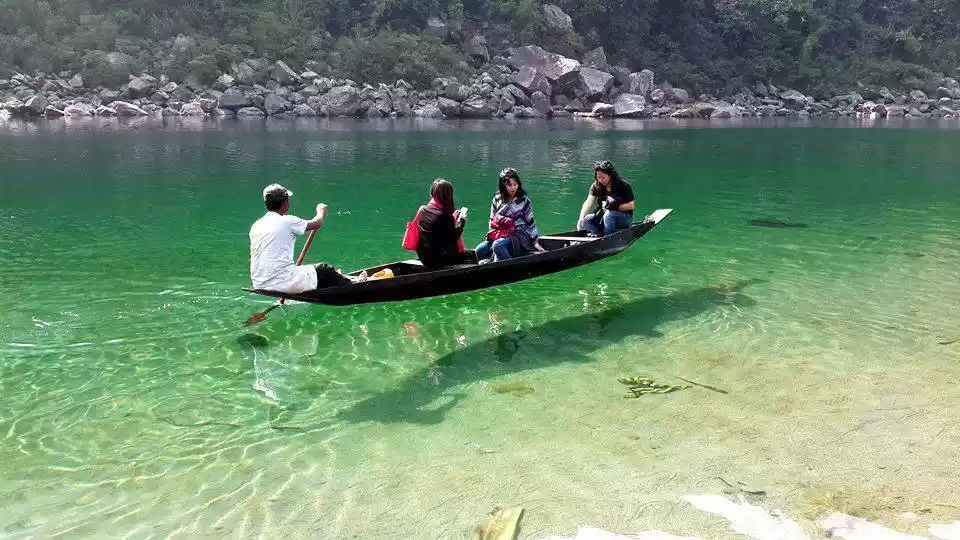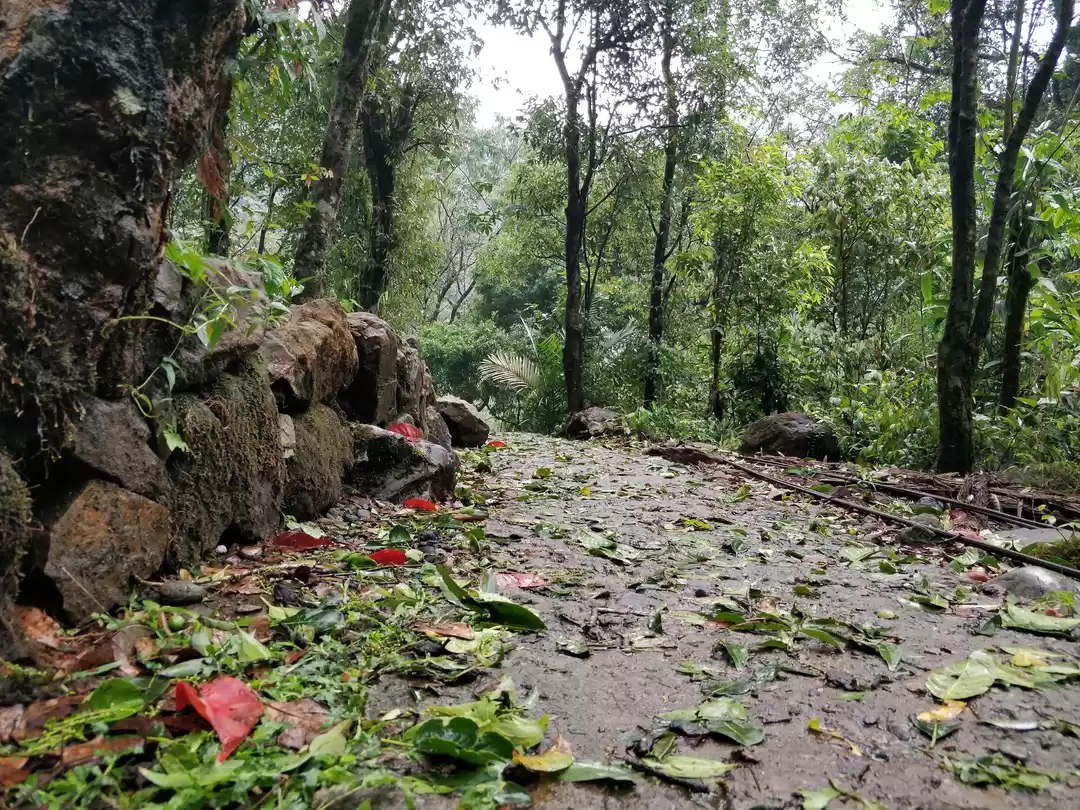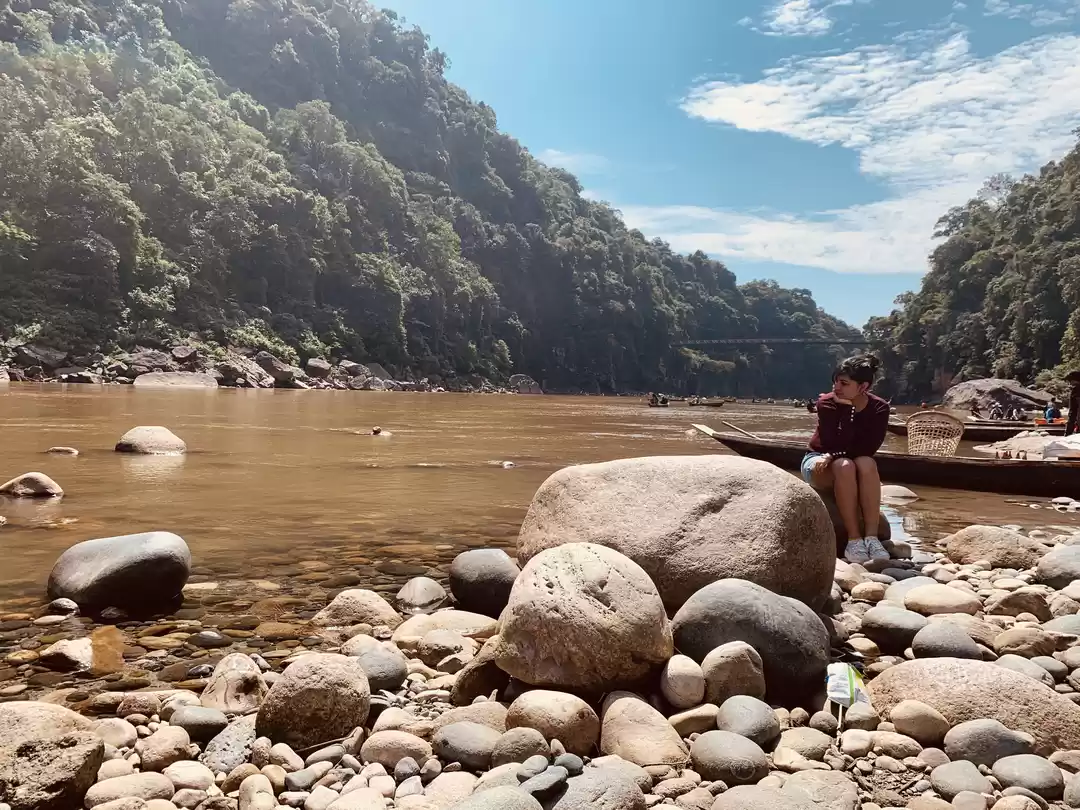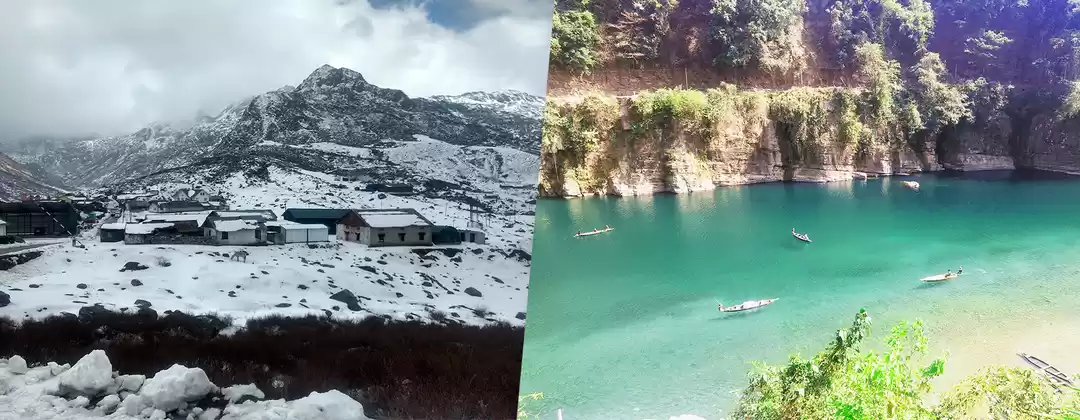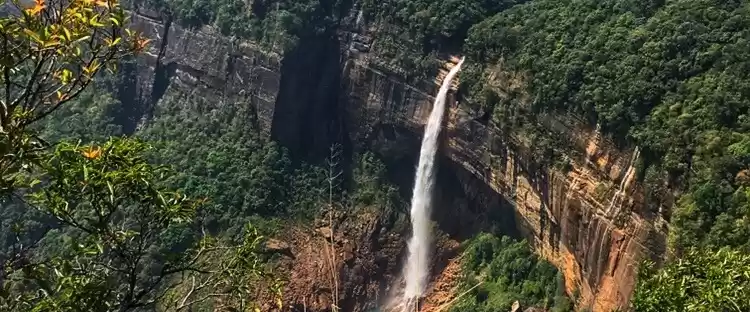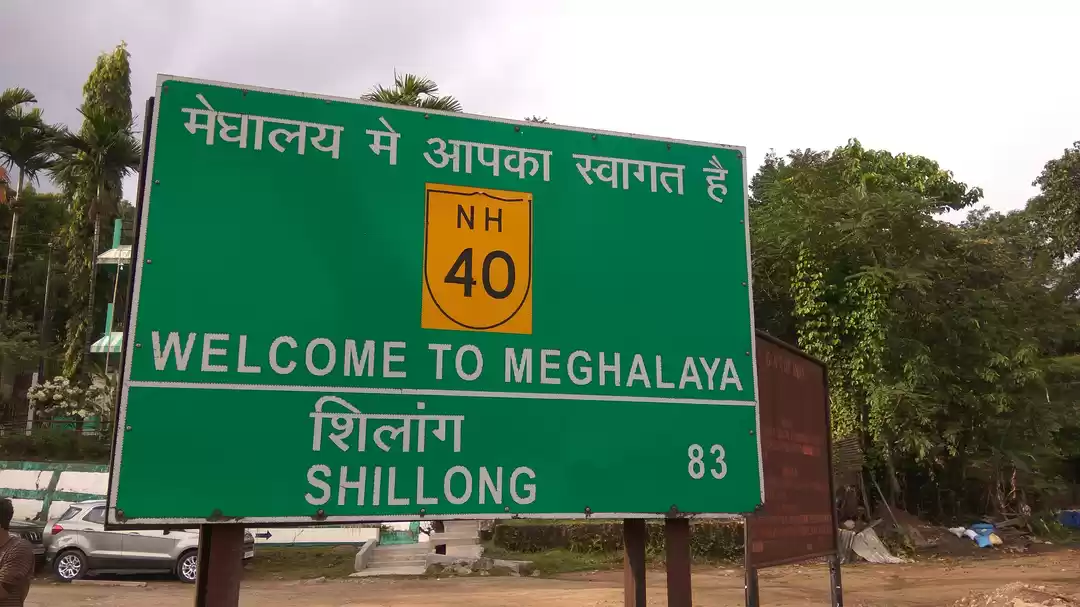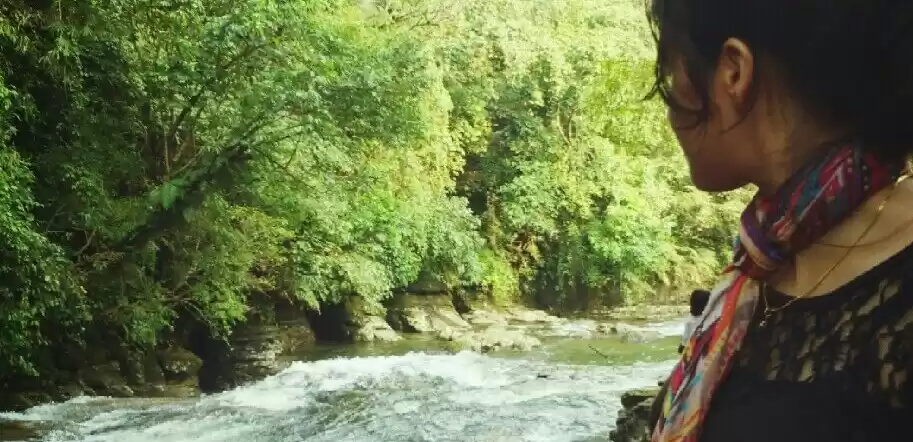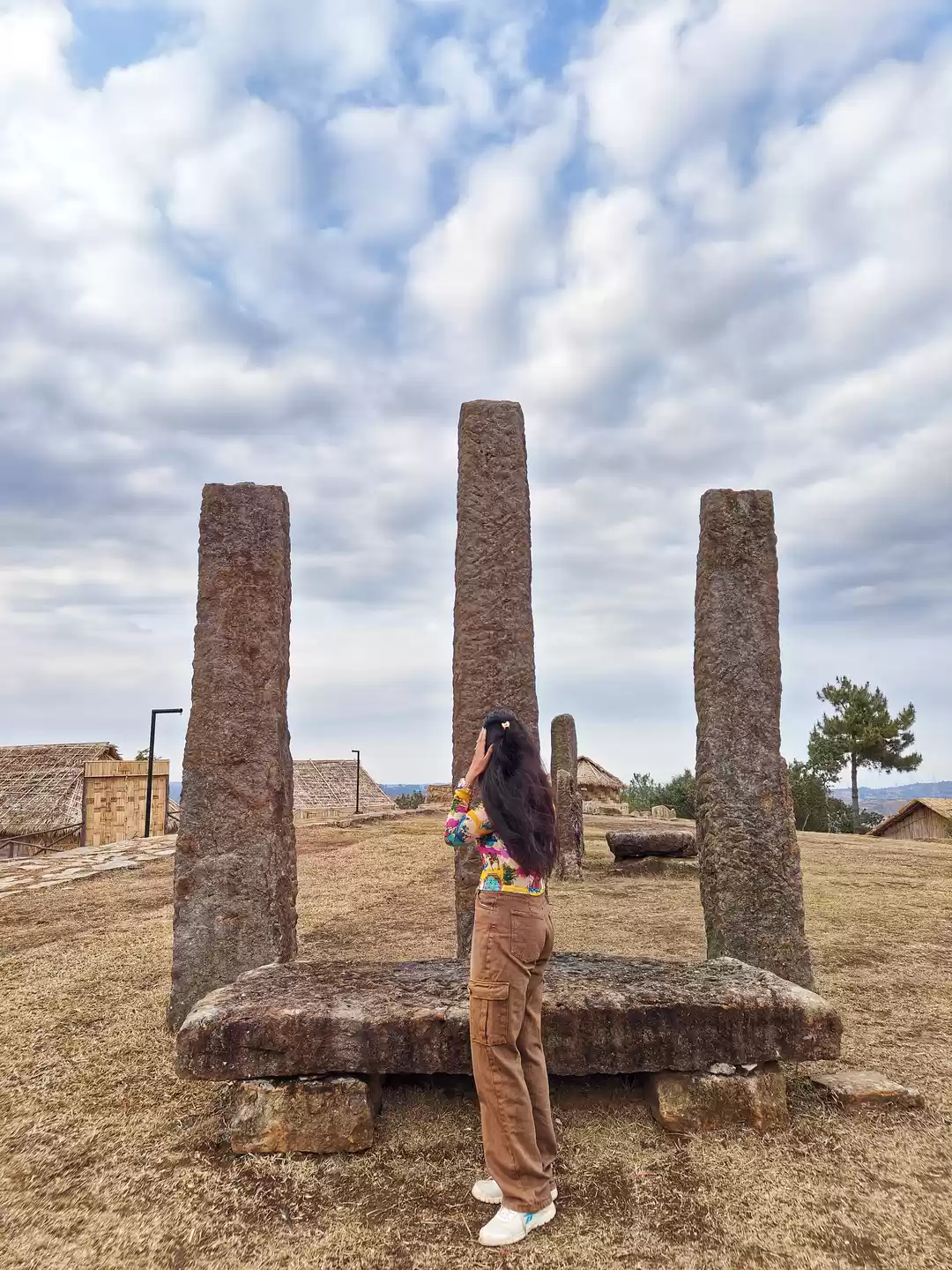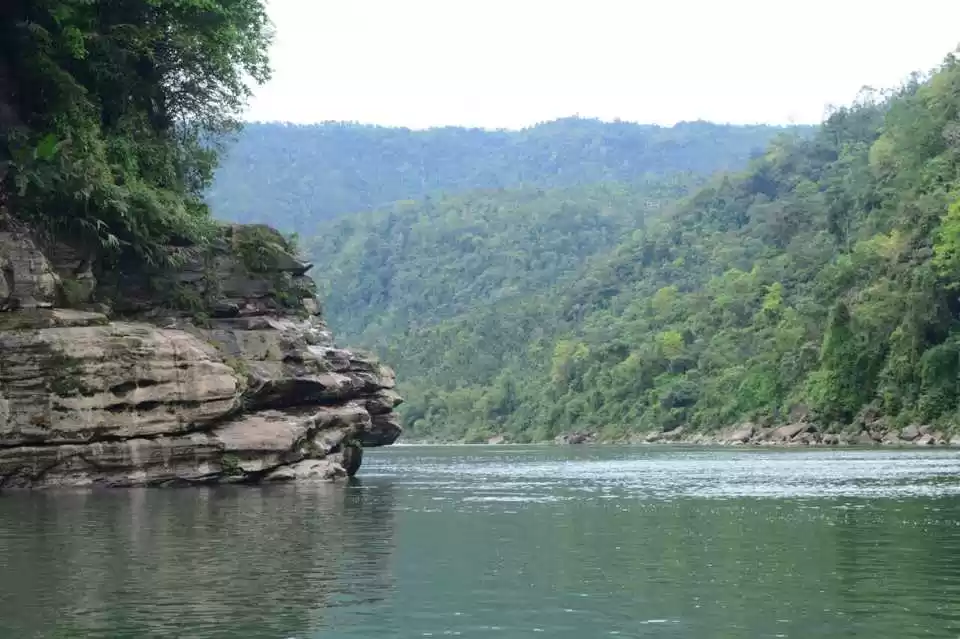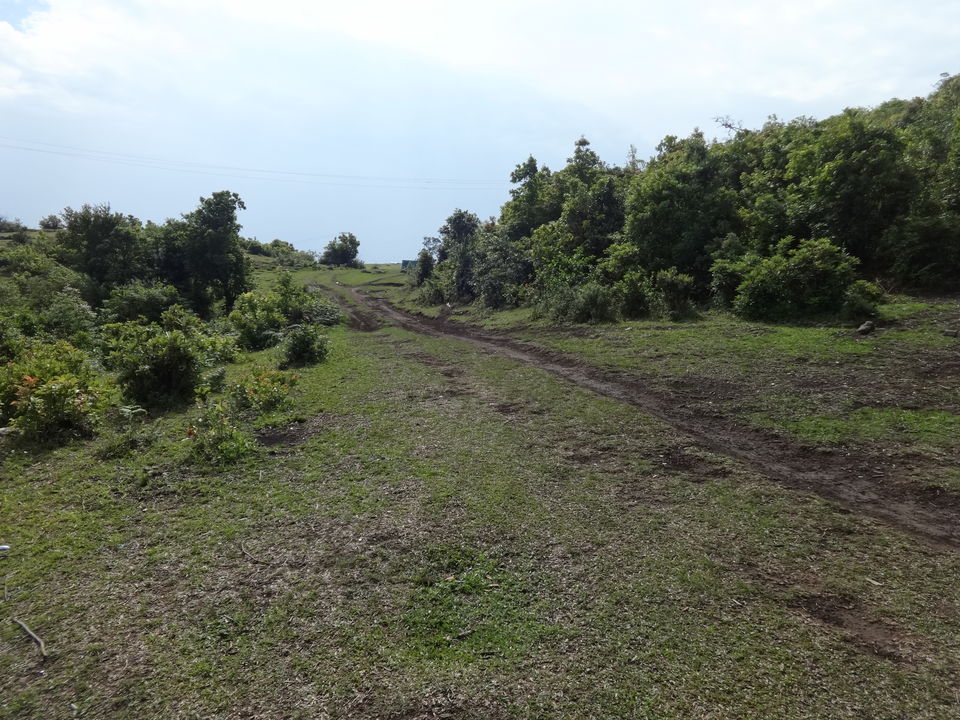
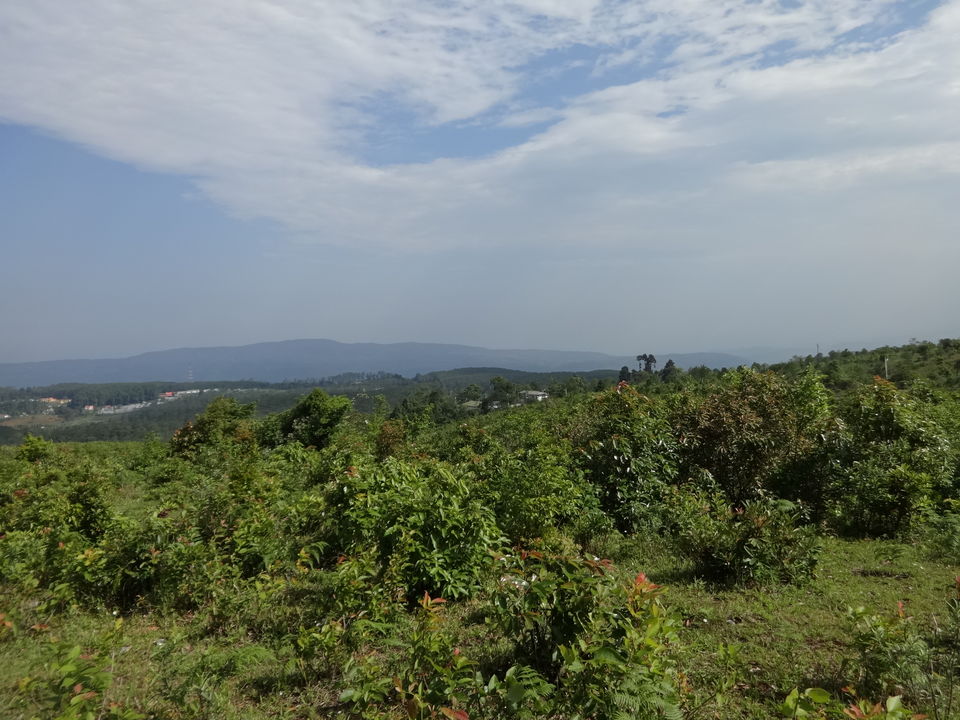
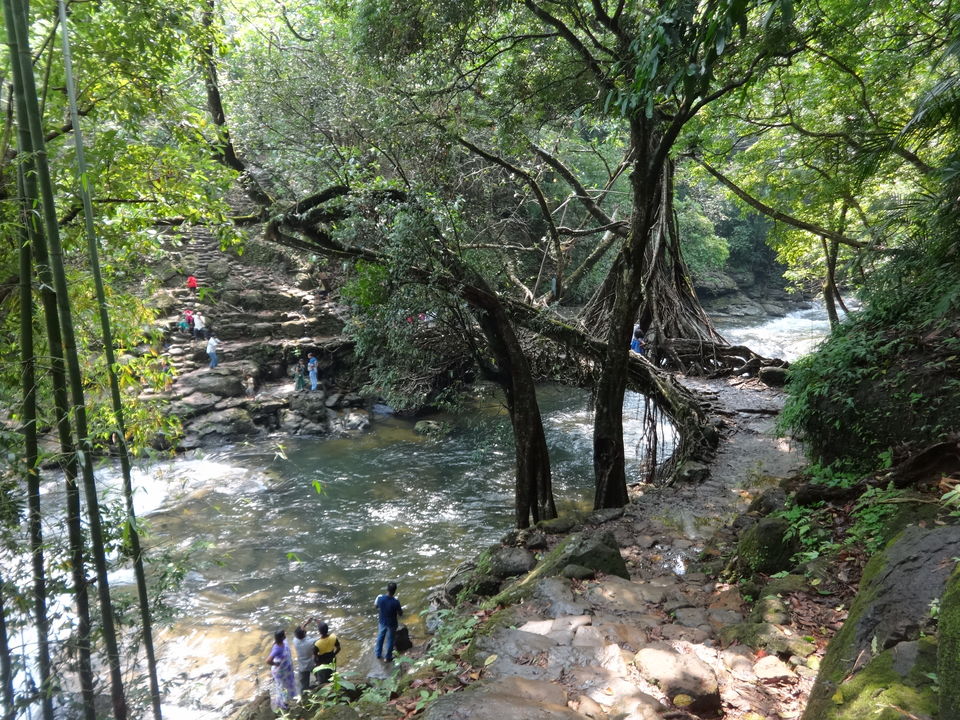
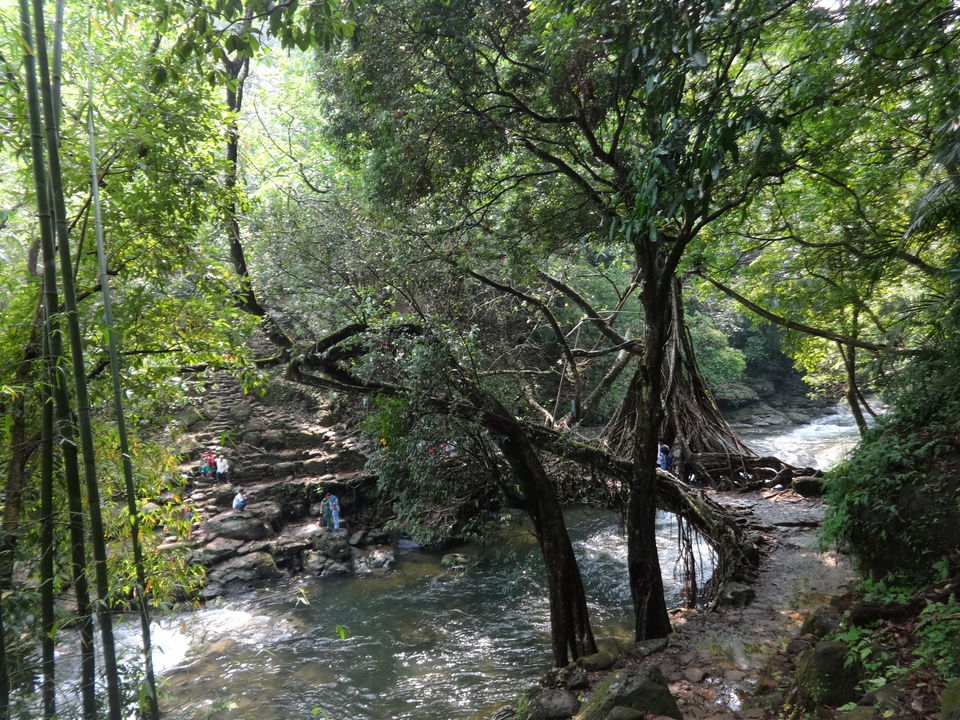
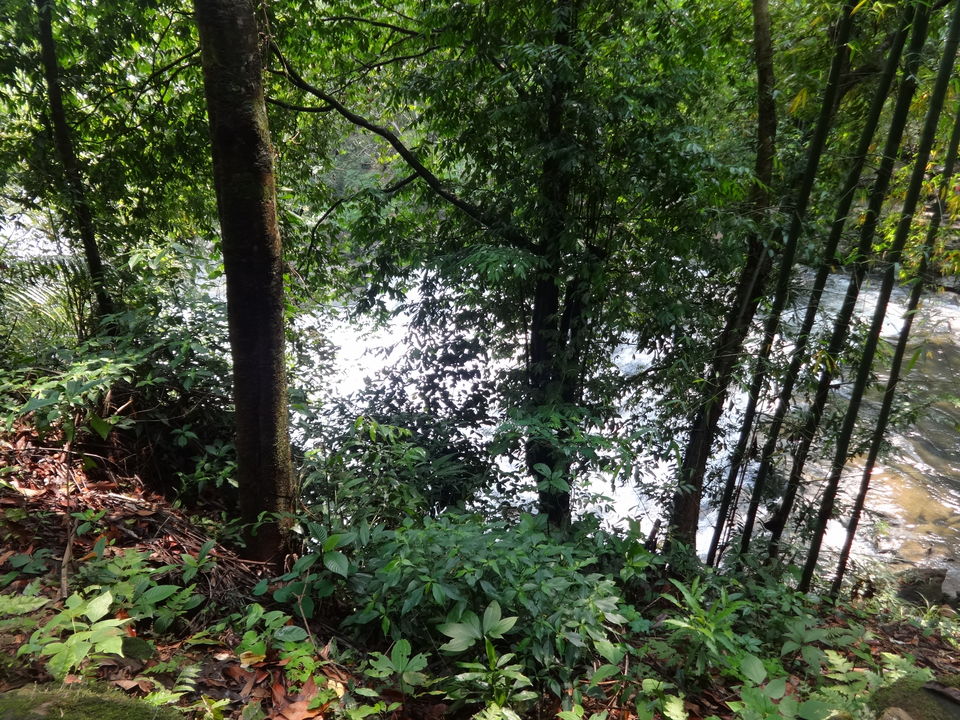
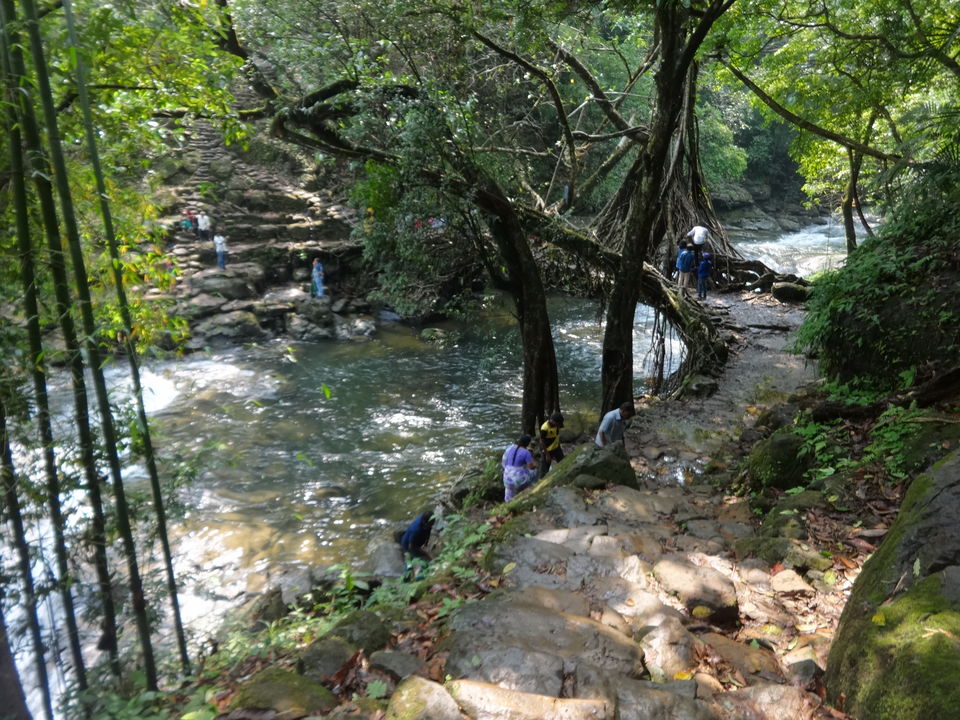
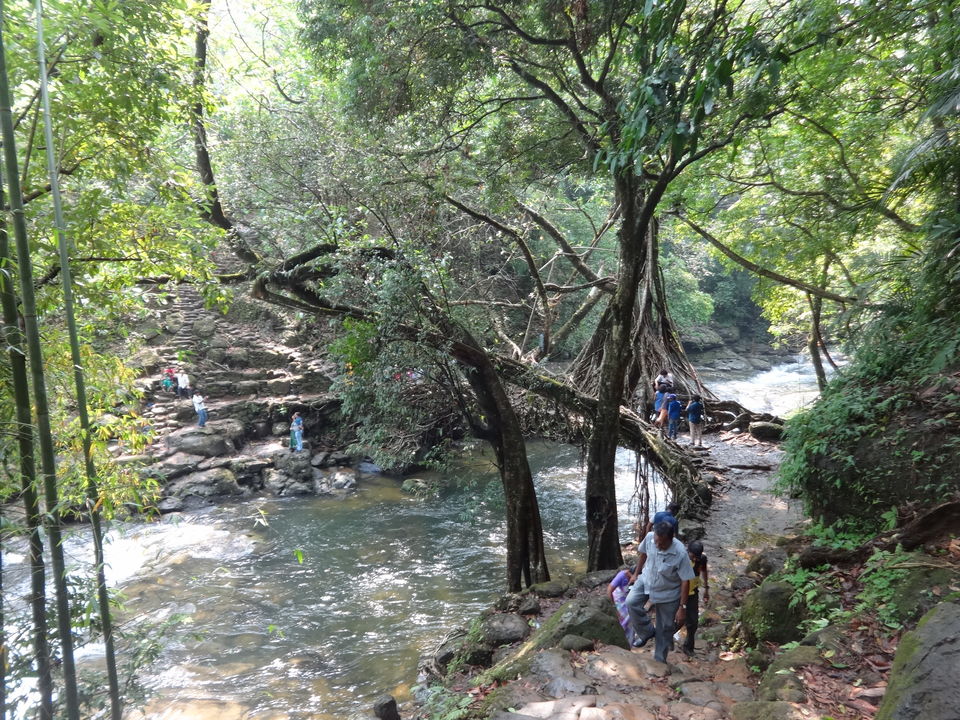
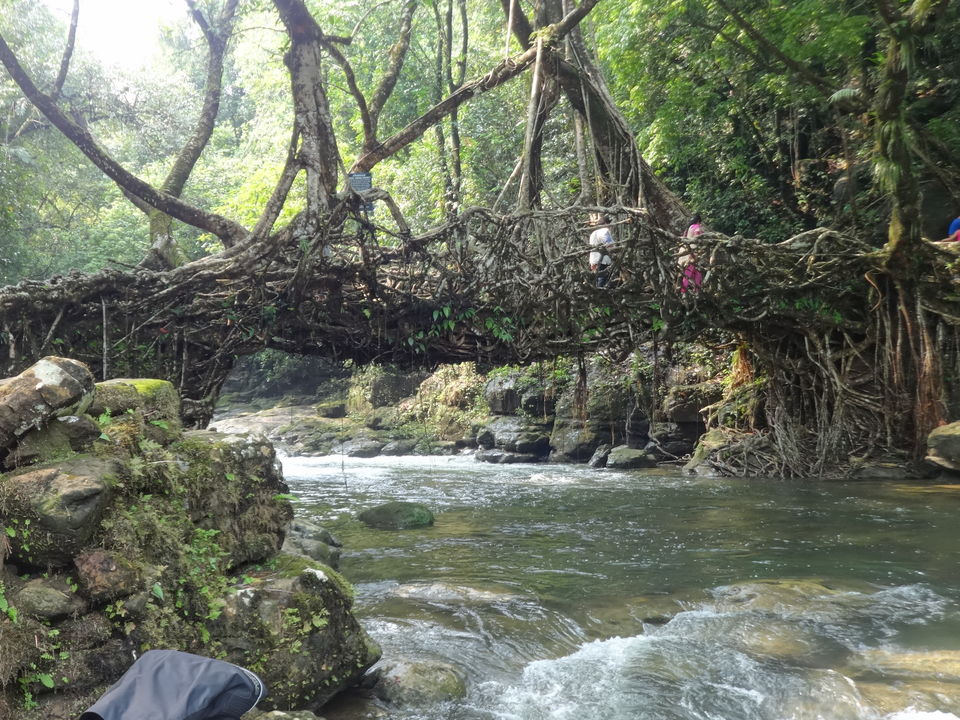
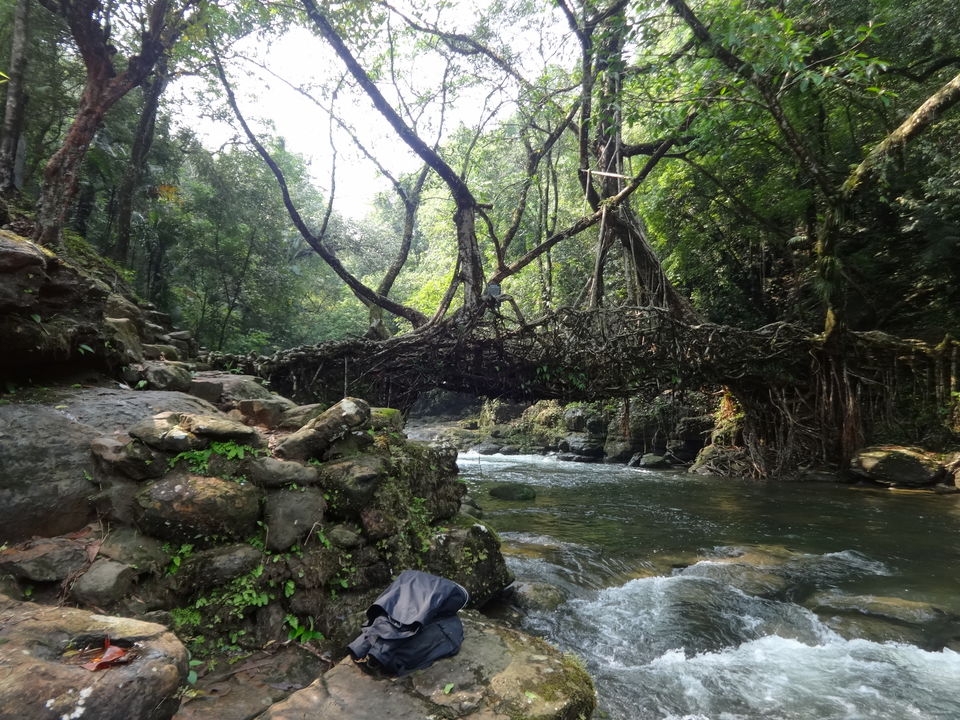
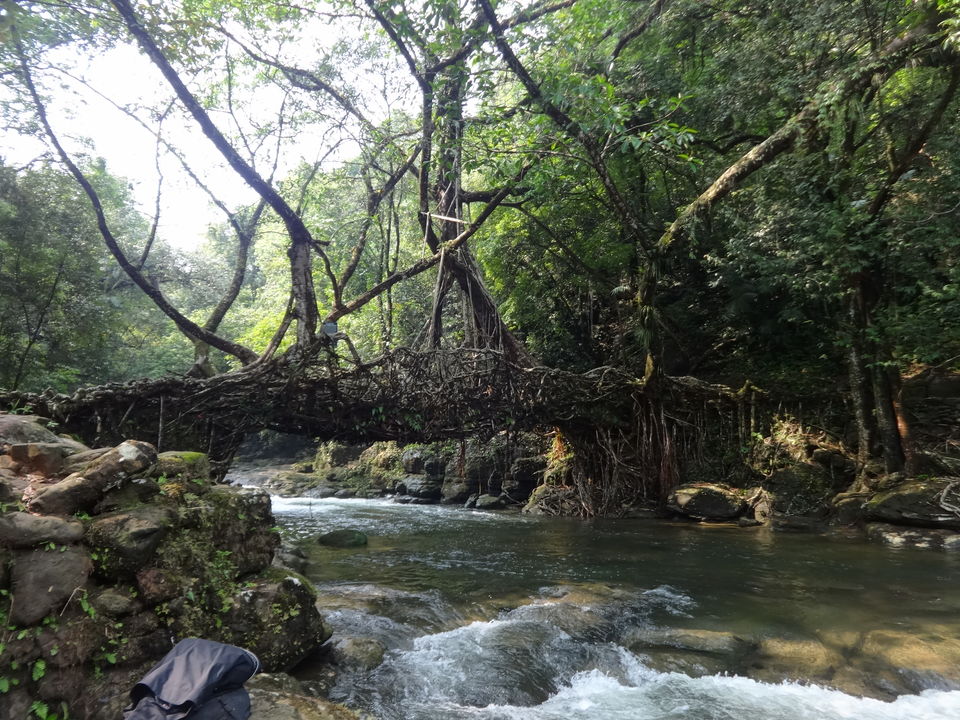
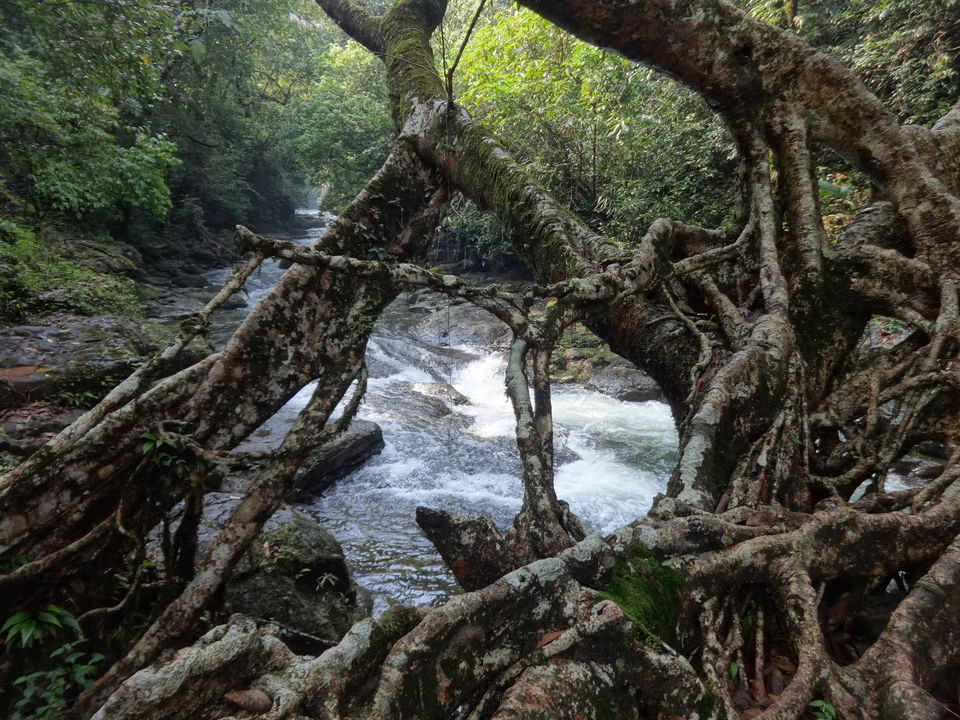
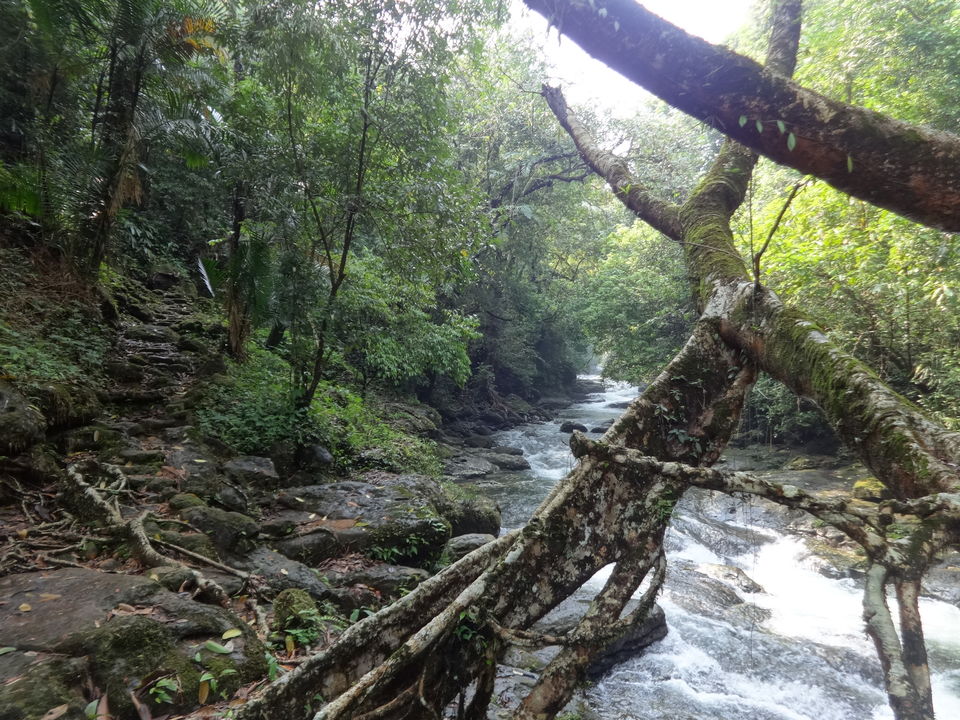
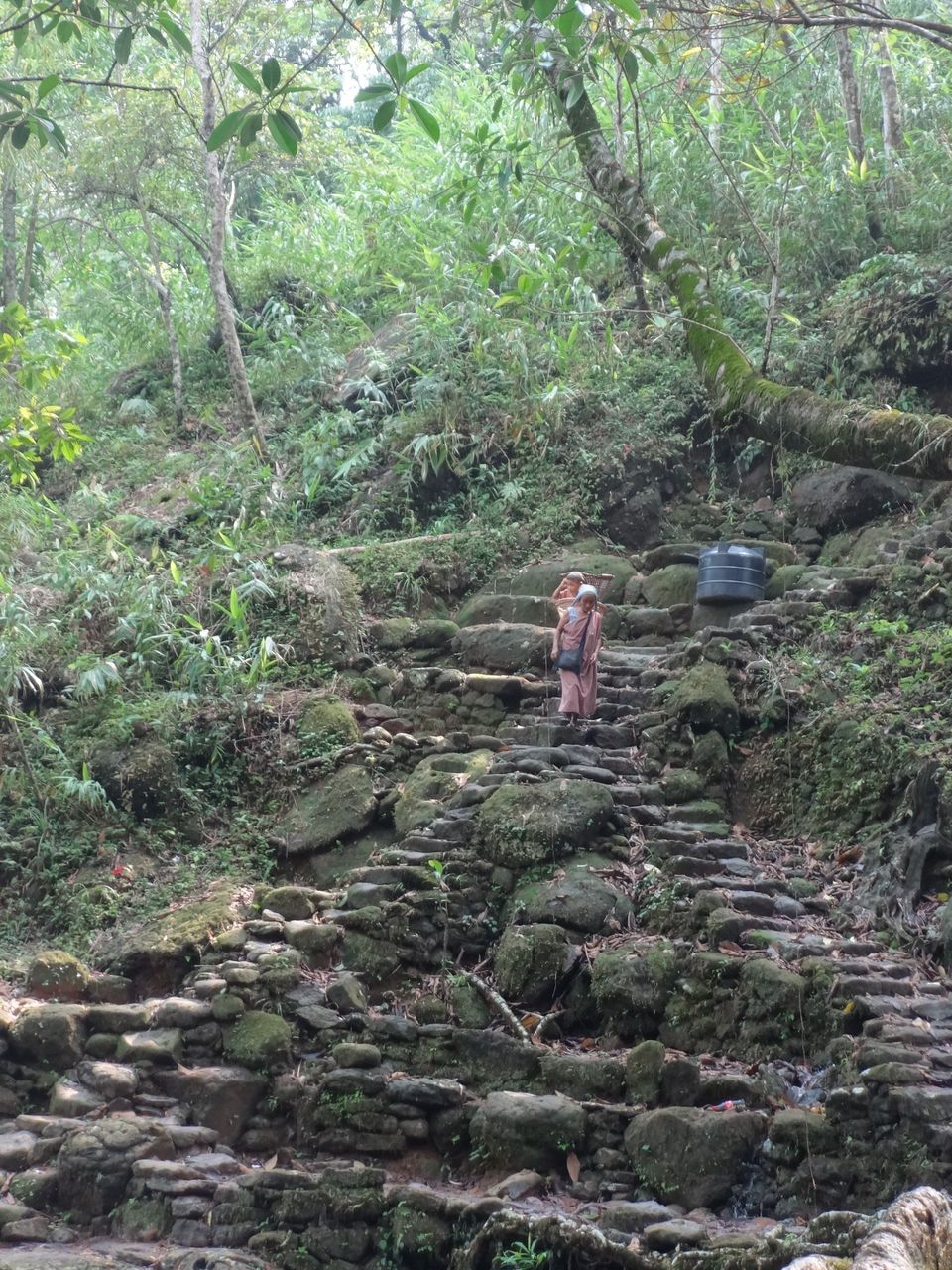
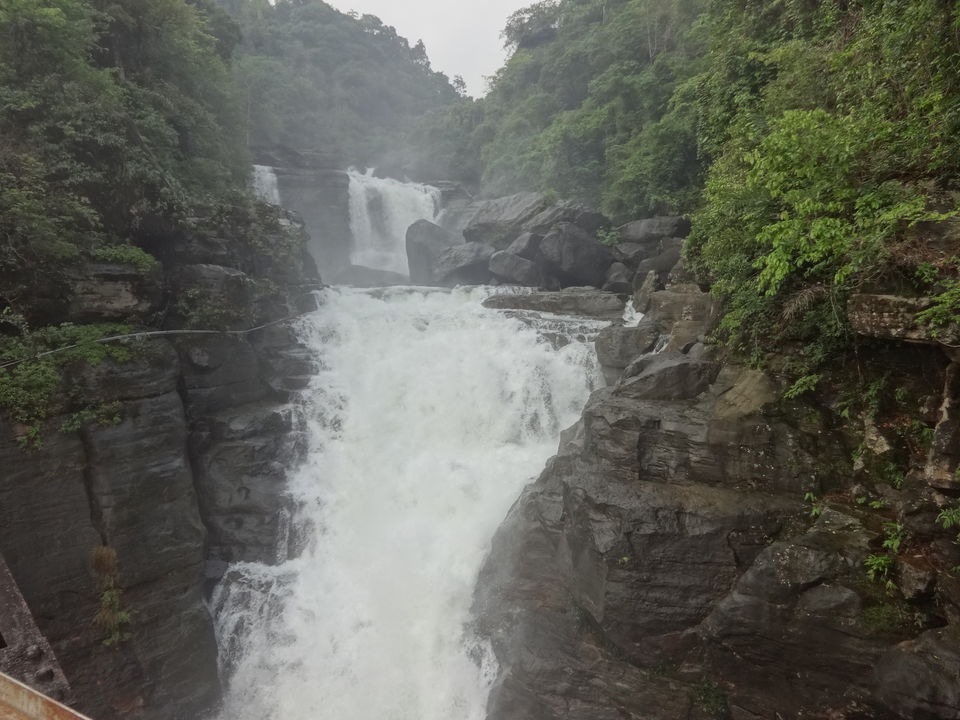
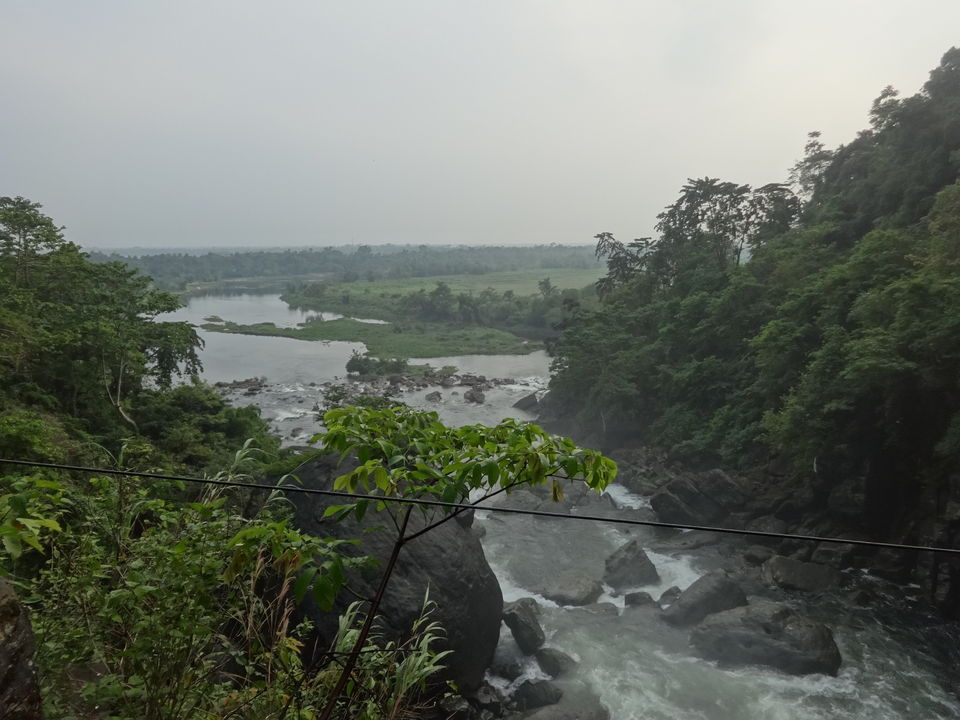
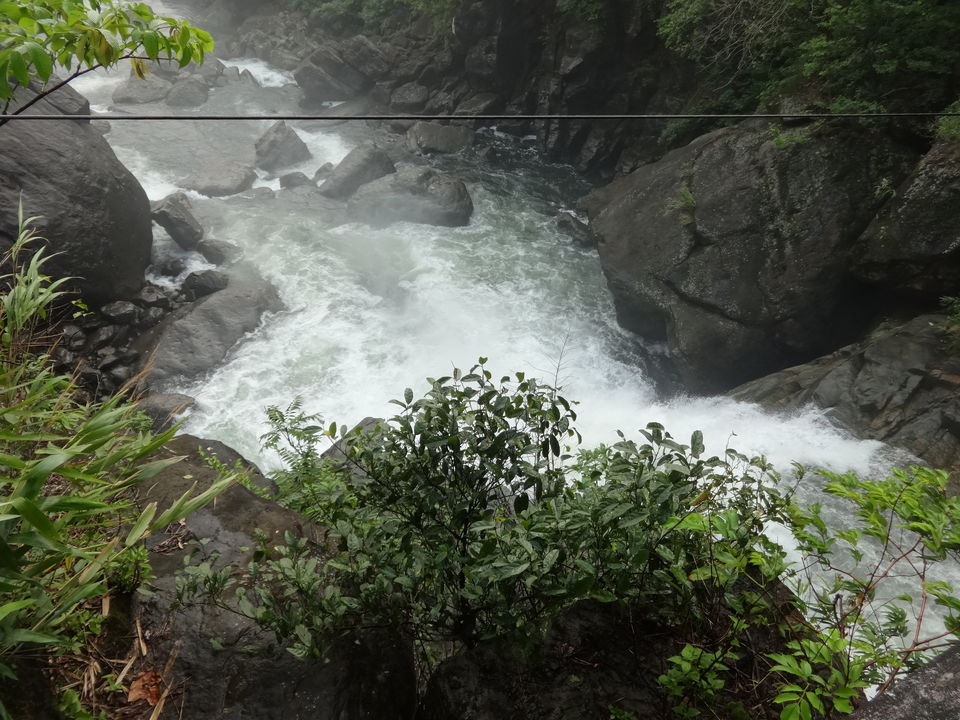
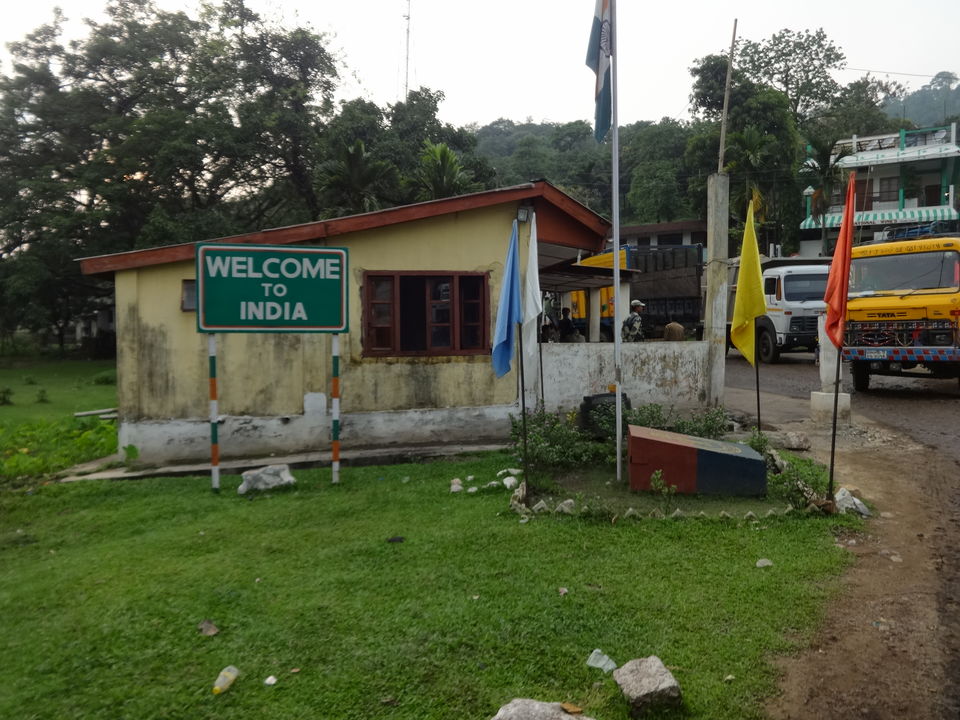
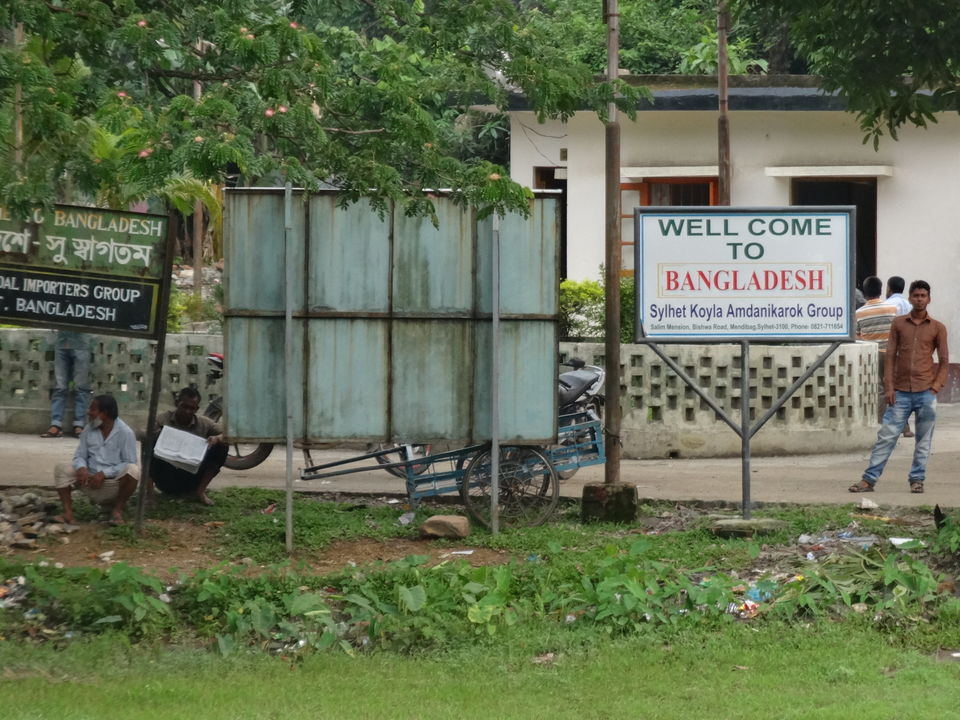
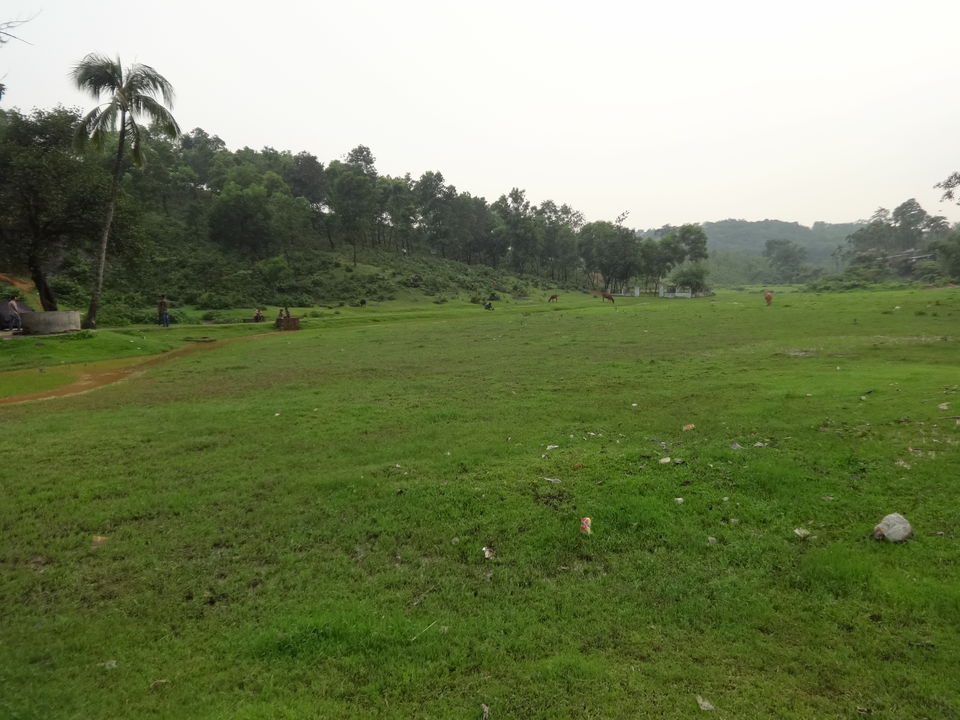
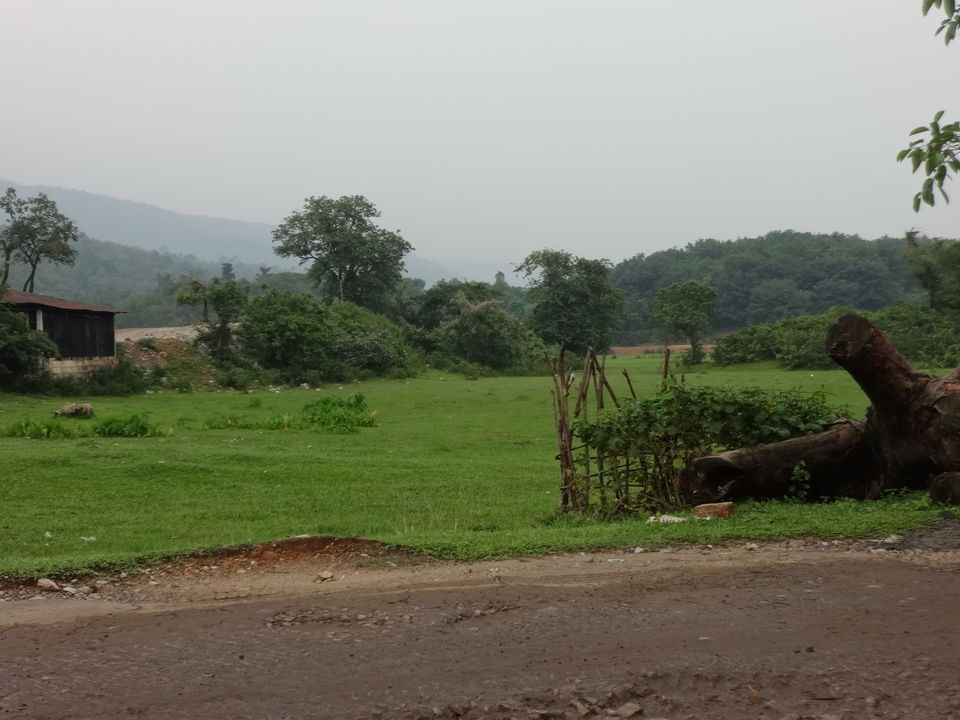
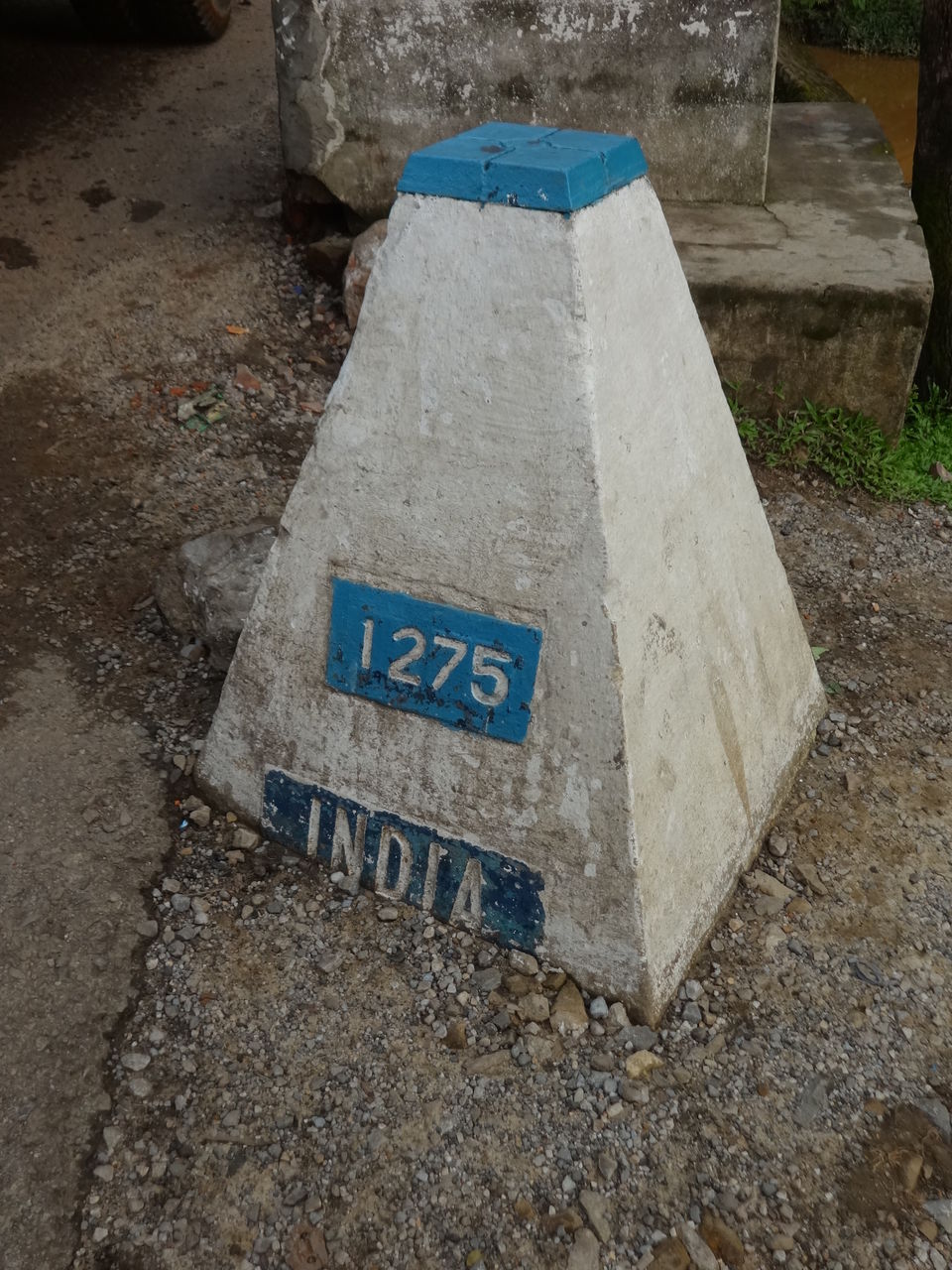
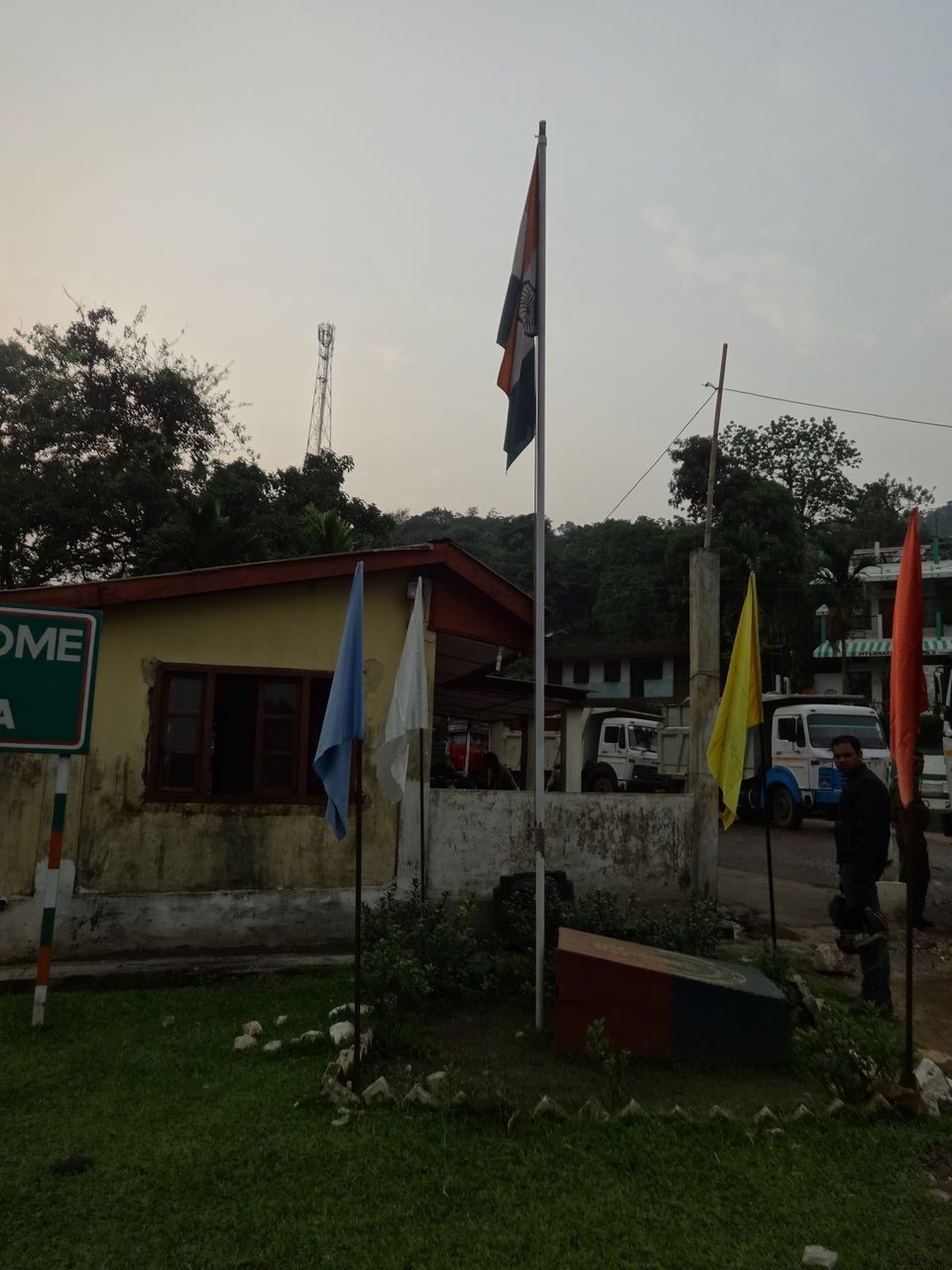
In hindsight, it was one of the craziest ideas ever. To take off on a whim to Dawki, putting our carefully planned trip to Cherrapunjee on hold, in the middle of monsoon, on an Enfield Thunderbird. But, it was one of the best trips we've ever undertaken together - my husband and I.
Dawki is a small village in Meghalaya. What makes the village an interesting location is that it lies between India and Bangladesh. Wander a few metres, say 200, on the other side, and the Bangladeshi officials will book you under the charge of 'trespassing'!
It was May, it was raining, and mist and fog would always hamper your view. Also, it gets dark by 3 pm. So, we started the day pretty early, by six, and rode from Shillong towards Mawlynnong. The Discover India magazine called the village the cleanest village in Asia. And rightly so. The small settlement, which has about 100 houses, is so clean, so spick and span that even the dirtiest of us all would never feel like throwing a piece of paper on the road. Every house in the village gladly offers food and shelter for travellers. Some even run their own small restaurant of sorts, where they serve you home-cooked delicacies. Also, almost everyone is fluent with English.
After stopping there for breakfast, we made our way to the Living Root Bridge at the Rewai village. These bridges are not made, but are grown by bending roots of trees. We were told that the people of Meghalaya are trained to grow these bridges. It takes almost 20 years for such bridges to be functional. They are so strong that they can support up to 50 people at a time. The one that we visited was reportedly 100 years old.
We were getting ready to depart to Cherrapunjee when one of the locals mentioned Dawki. Though we'd heard about the place and had oohed and aahed at it being the border village, we were not too sure of going up til there. We were worried of getting stuck in the shower, losing our way in the twisted hills and (especially me) falling off the cliffs with our luggage and the rented Enfield! But. the idea of exploring the last village in the north eastern frontiers of India was a tempting offer. I've been a 'border' freak, having seen the Attari border (Yes, Wagah is the village in Pakistan, not India) and Mana, the last village in the Himalayas, farther away from Badrinath. So, there was no way I was letting this opportunity slip through my hands. My husband, being in the profession that he is, didn't need much cajoling. Exactly half an hour later, we were on the bullet, cruising towards Dawki.
It took us about three hours in the monsoon to find our way. But, it was one of the most memorable three hours of our life. The lush green, thick and dense forest cover, village folks passing by with wicker baskets on their heads and an umbrella in their hands, with no care about the future, the BSF members alighting themselves on small rocks, with rifles and other armaments in their hands, but eyes reflecting their faith that nothing untoward will spoil their day... and the many, many, many unnamed waterfalls that we found in every turn of the hills.
As we approached Dawki, we realized that serenity was a far cry. The smooth, tar roads gave way to mud ones. They were mostly covered with slush, probably because of the pouring rains. A minimum of 20 lorries were scurrying one behind another, carrying stones across the border. The Bangladeshis, in return, supply coal. The ‘trade’, we were told, begins at 7 am, and ends by 6 pm. The BSF and the local police were sitting on either side of the border, monitoring the bustling trade activity, without displaying a single sign of boredom or weariness. We found out that this is the only form of entertainment for the locals and tourists.
I sought permission and went till the gate that marks Indian Territory. Barely few metres away is Bangladesh. Between the two gates is the no man’s land. The Indians curious about the ones behind the gate…
Dawki has no spectacular visuals to offer, no cafes to lounge in or no bars to dance the night away. But, this is one of the few border villages in India that would give you a chance to stand on ‘no man’s land’ and take in the beauty of two neighbouring countries.
